People love drama! It’s exciting, gets your imagination going, and helps you escape the mundane. With film and television it’s easy to build a dramatic story, but how do you convey drama and evoke strong emotions when capturing a single photograph? It’s actually easy when you know how! In this tutorial you’ll discover nine highly effective tips for creating a more dramatic mood in your iPhone photos, allowing you to tell powerful, intriguing and emotional stories with your images.
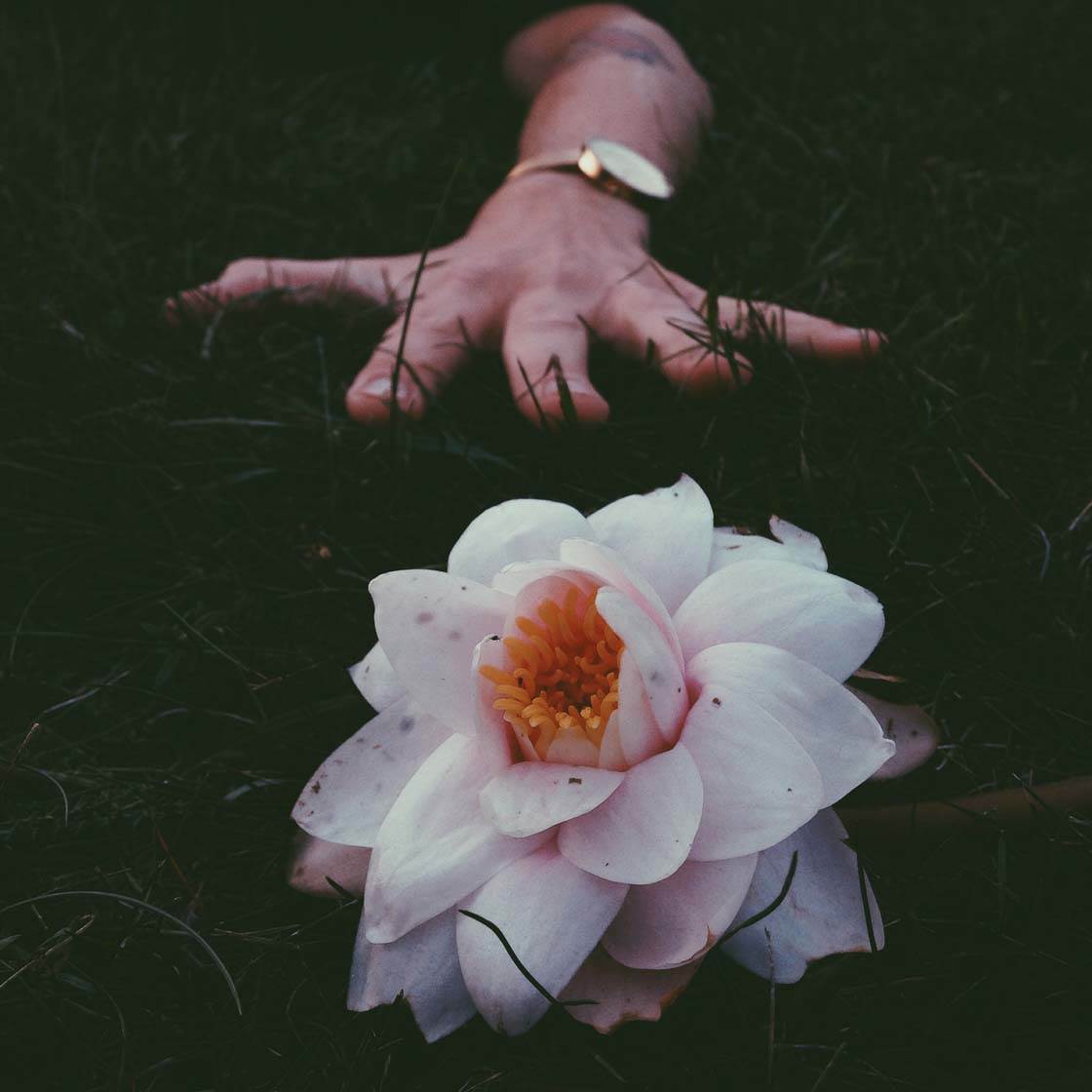
1. Capture A Dramatic Scene
The most obvious tip is to photograph something dramatic. But what does this actually mean? Basically, it’s anything that evokes strong emotions in the viewer and gets the imagination going.
Anything mysterious, exciting, scary or unusual is bound to create a dramatic mood in your photo. Try to tell a story using your inner fears.
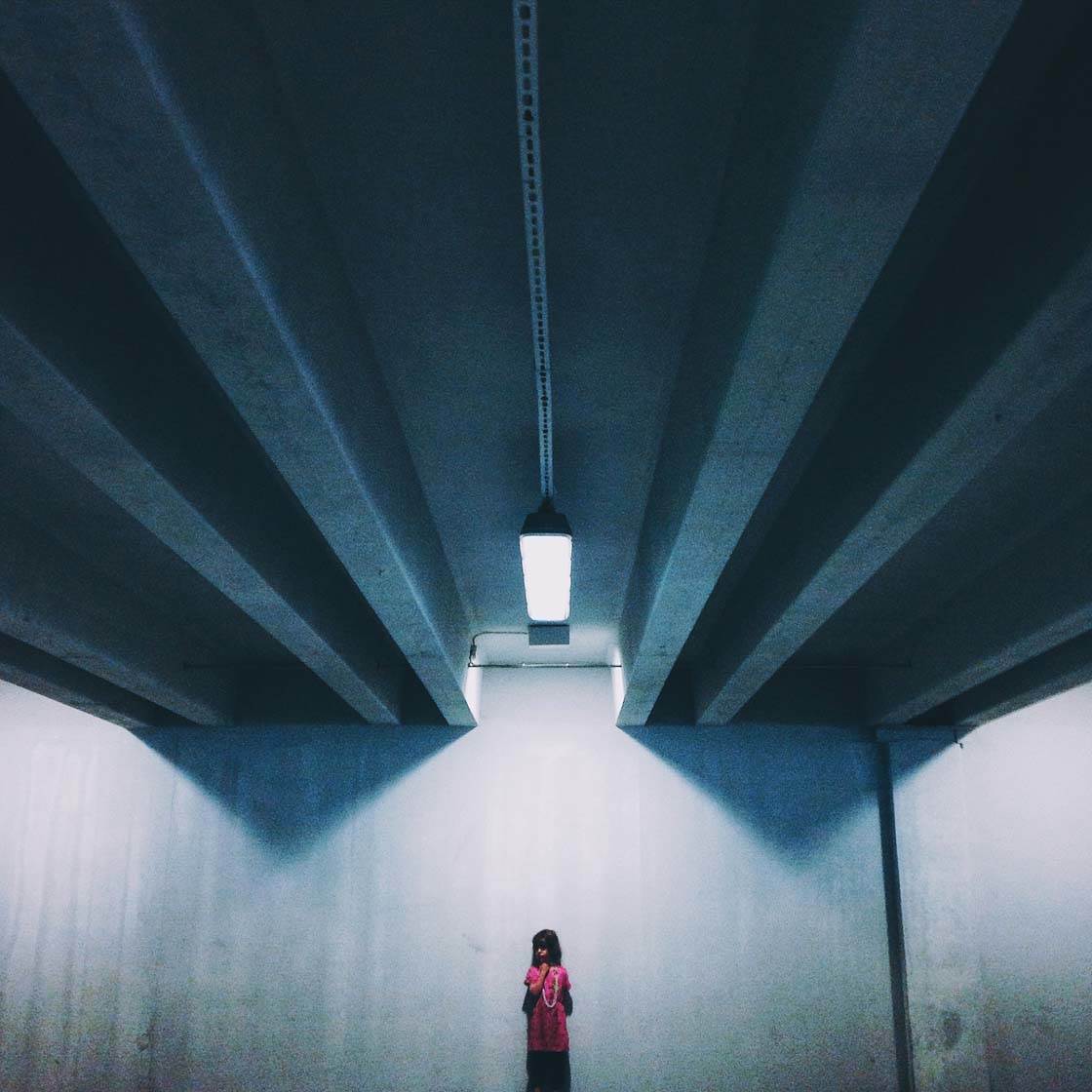
Think about how you could create a dramatic photo in the simplest way possible. This photo of a child standing alone in a parking lot is so simple, yet incredibly powerful.
The main goal with photography is to tell a story, and a dramatic one will be much more interesting. Dramatic pictures fuel our imagination and cause us to react with strong emotions.
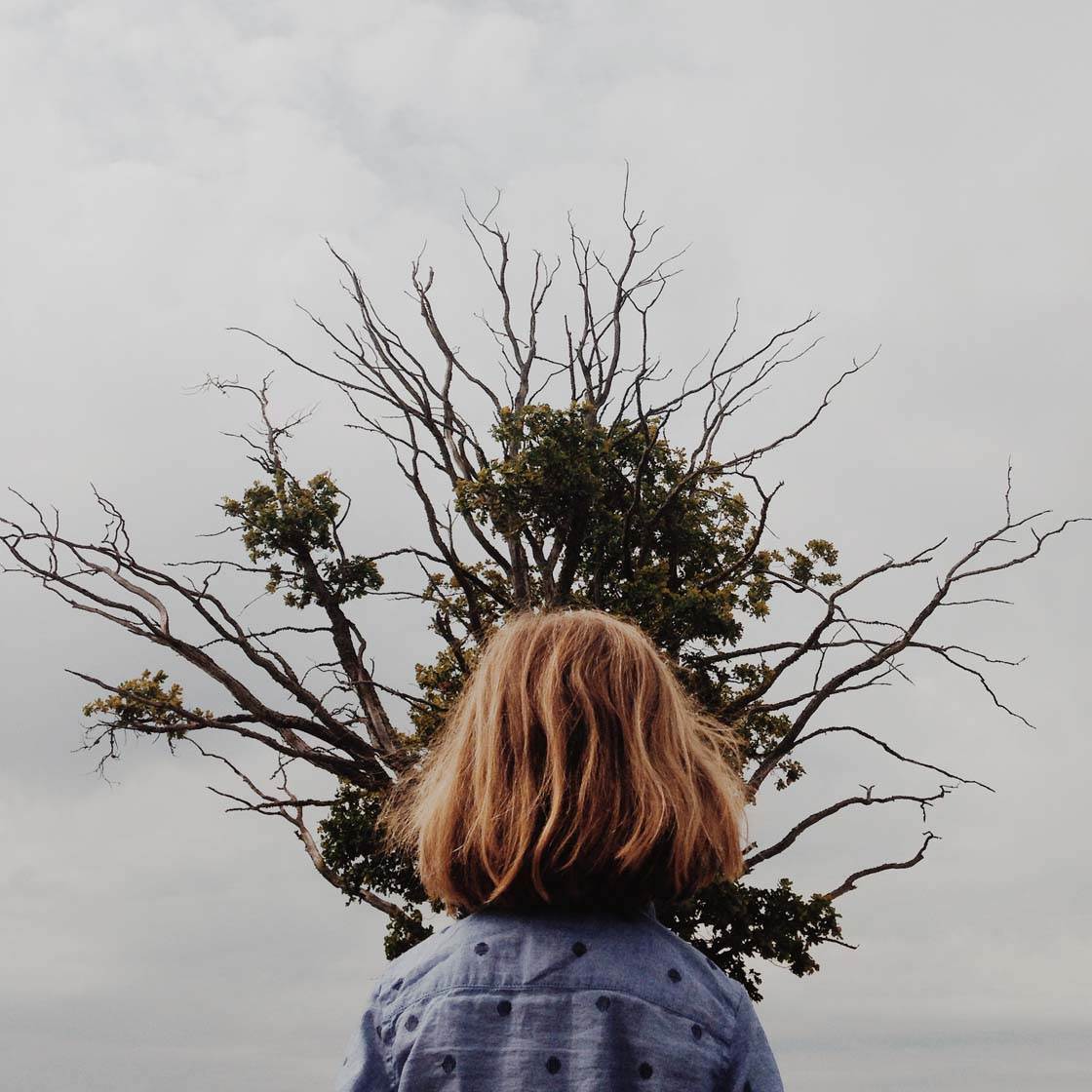
Try to capture a scene that intrigues the viewer, making them react in some way. As soon as the viewer feels some kind of emotion, such as fear, excitement, etc. they’ll become connected with your photo.
And this is ultimately what we’re all aiming for with our photography – to draw the viewer in, make them feel something, and prompt them to want to know more about the story behind the picture.
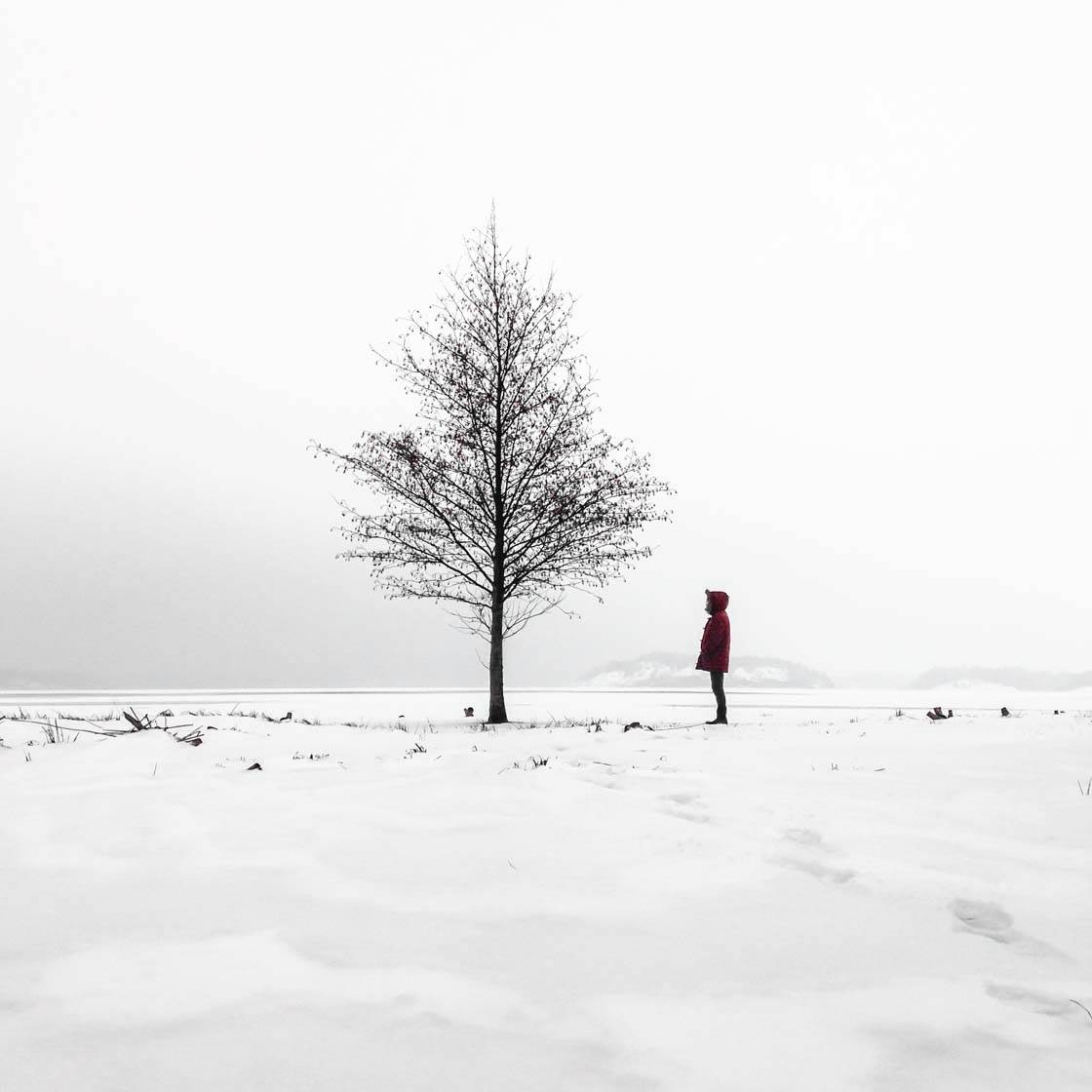
Creating a sense of mystery is one of the easiest ways to convey drama in a photo. You want to intrigue the viewer so that they start to ask questions about what’s going on in the image.
Who is that person? Why can’t I see their face? Why are they there? Why are they alone? What will they do next? Why is it so dark? What lies beyond that thick fog? Is there anyone hiding inside that old house?
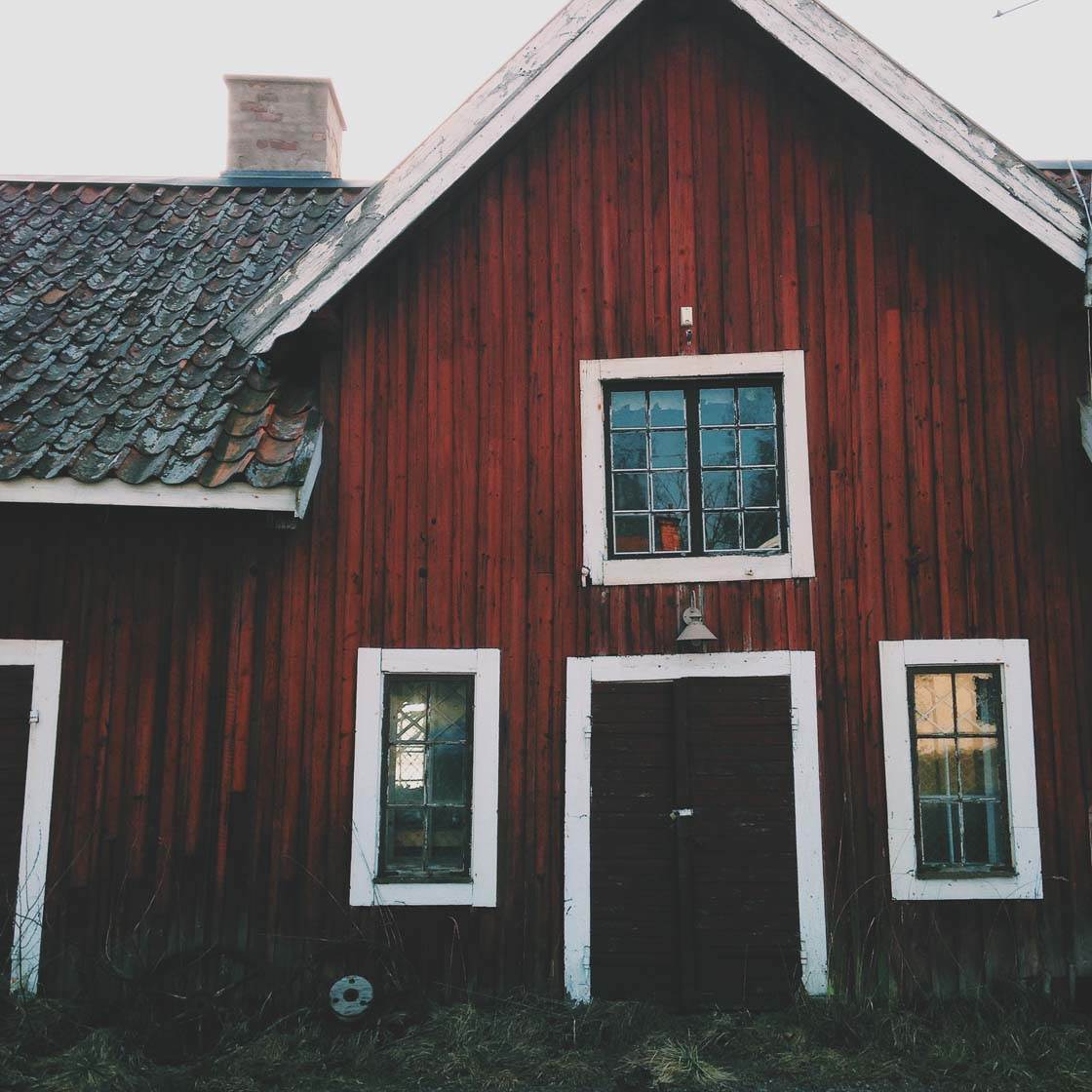
Many things can be portrayed as mysterious or dramatic – an empty street, an old abandoned house, a stormy sky, a portrait with the person in an unusual pose, or just a notion that something bad or exciting is going to happen.
The most ordinary subjects and scenes can be portrayed in a dramatic way if you use a little imagination.
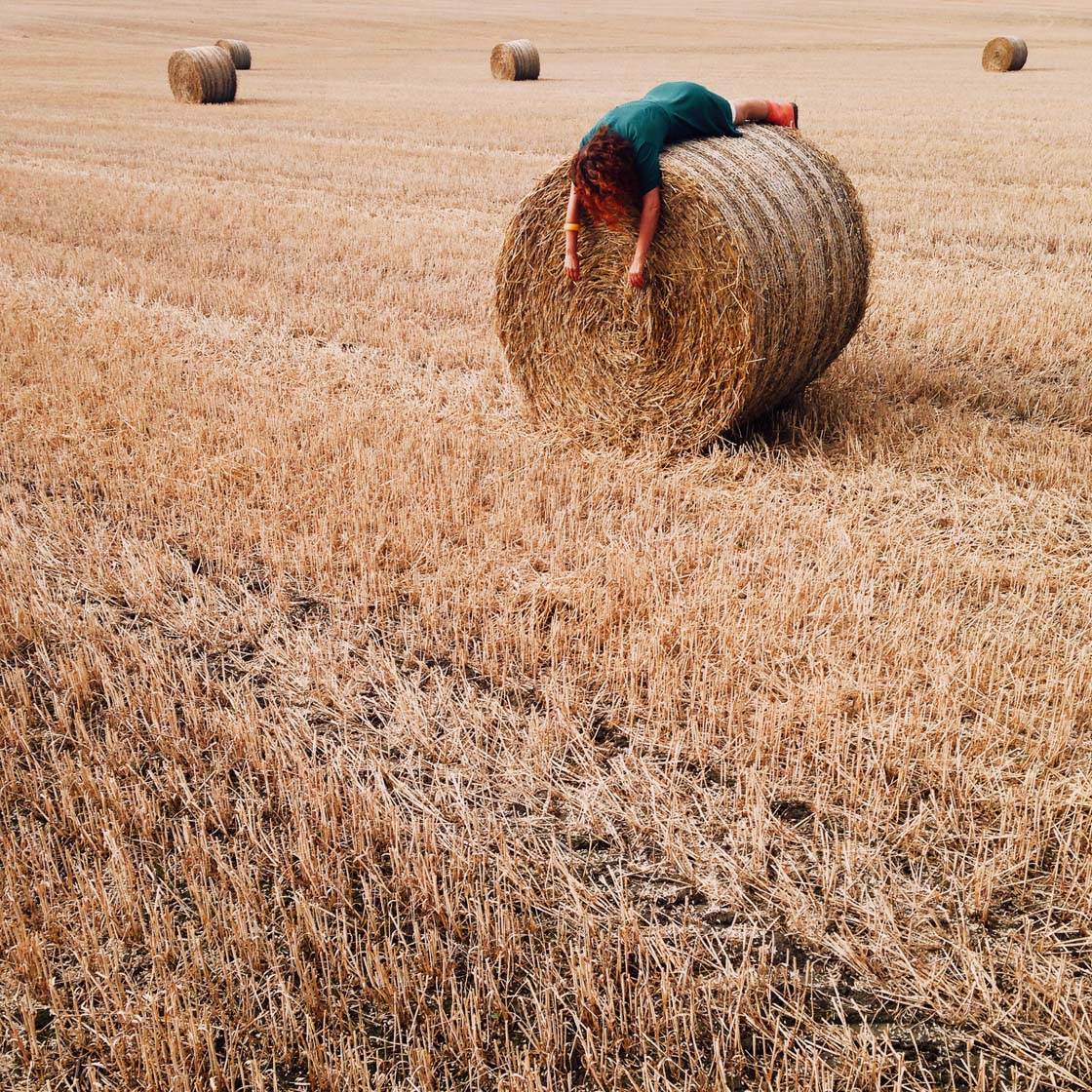
For example, if my subject in the photo above had just been sitting on the straw bale it would have been a fairly ordinary photo. But having her lie in this unusual pose creates a much more dramatic and mysterious mood.
2. Use Darkness & Light
Darkness is one of the best ways to create a sense of drama in your iPhone photos. We like to be able to see everything around us, but if you restrict the light you’ll create dark shadows in the scene.

Shadows create a wonderful sense of mystery in photography because we can’t see what’s hiding in the darkness. This can evoke strong emotions as we tend to fear what’s lurking in the shadows.
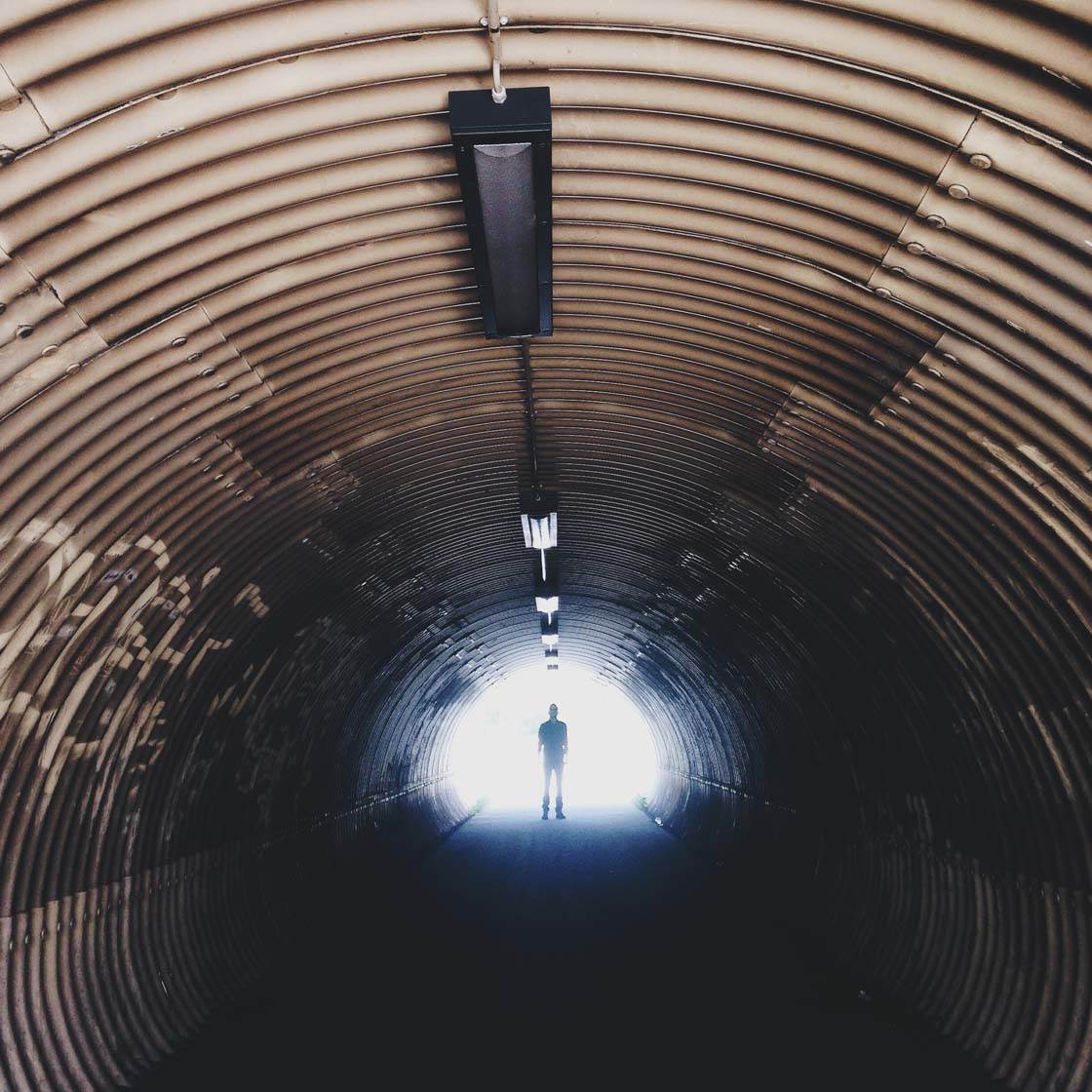
Darkness brings out our inner fears, making us feel uneasy and maybe even afraid. Often what makes a photograph is not what you can see, but what you can’t see.

But you can’t just photograph darkness. You also have to include light. And it’s the contrast between light and shade that helps to create a more dramatic photo.

Contrast is both visually and emotionally dramatic. The combination of bright highlights and dark shadows create a strong visual impact that instantly attracts our attention. But the light also emphasizes the darkness, making the mysterious shadows feel more ominous.
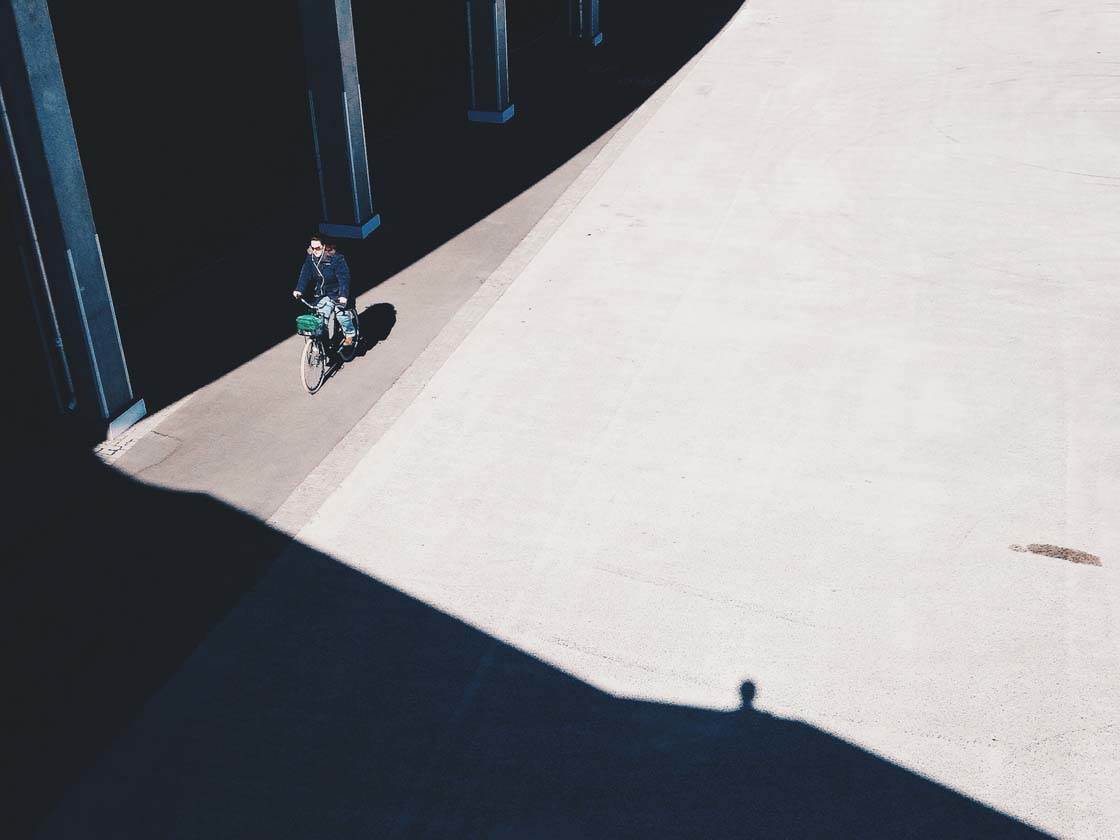
In bright sunlight, look out for harsh shadows created by tall buildings or other structures You can use these areas of darkness to add mystery to your composition.
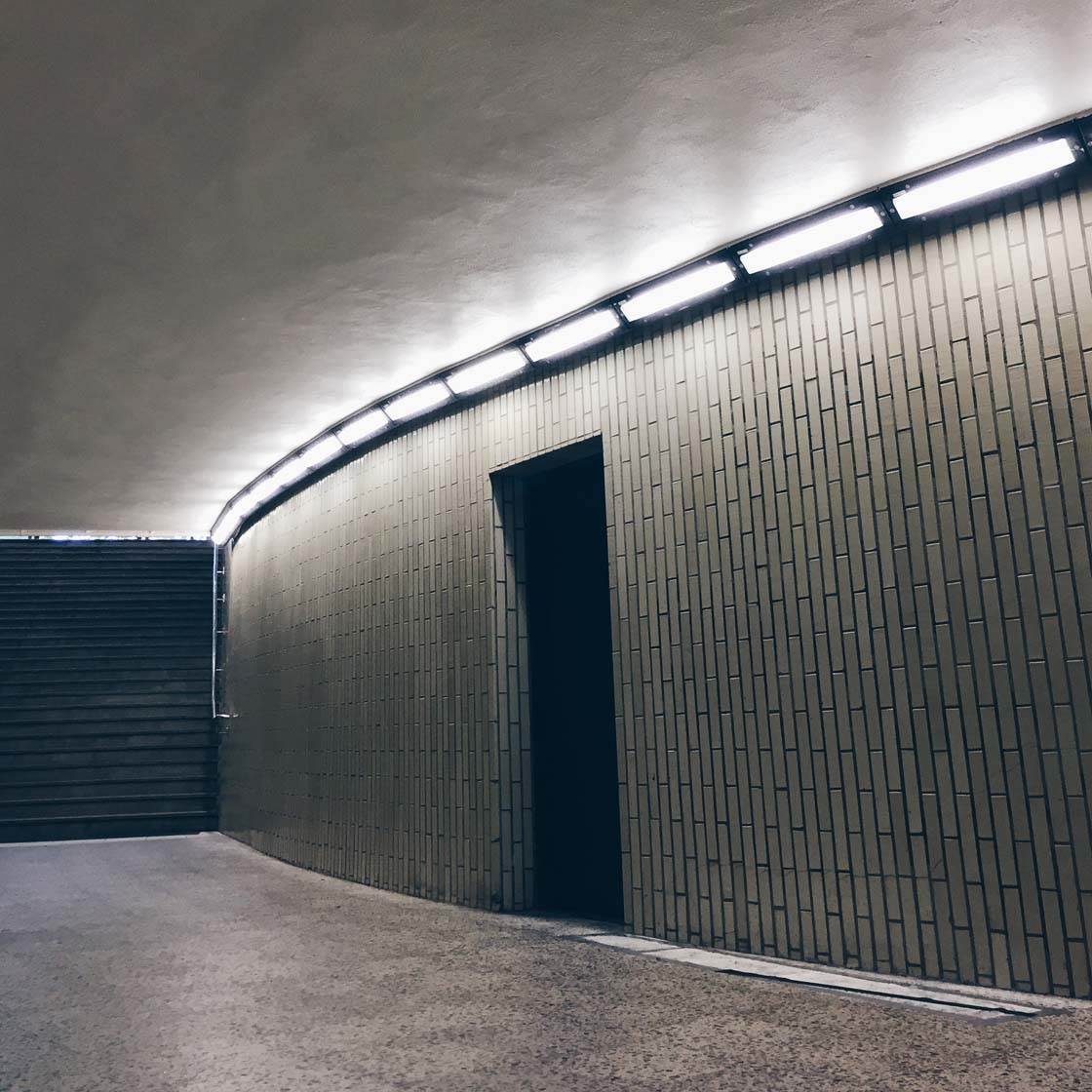
At night or in low light situations, use artificial light sources such as lamps, torches or street lights to create areas of light and shade. In the photo above, the bright lights create a strong contrast to the dark and mysterious doorway.
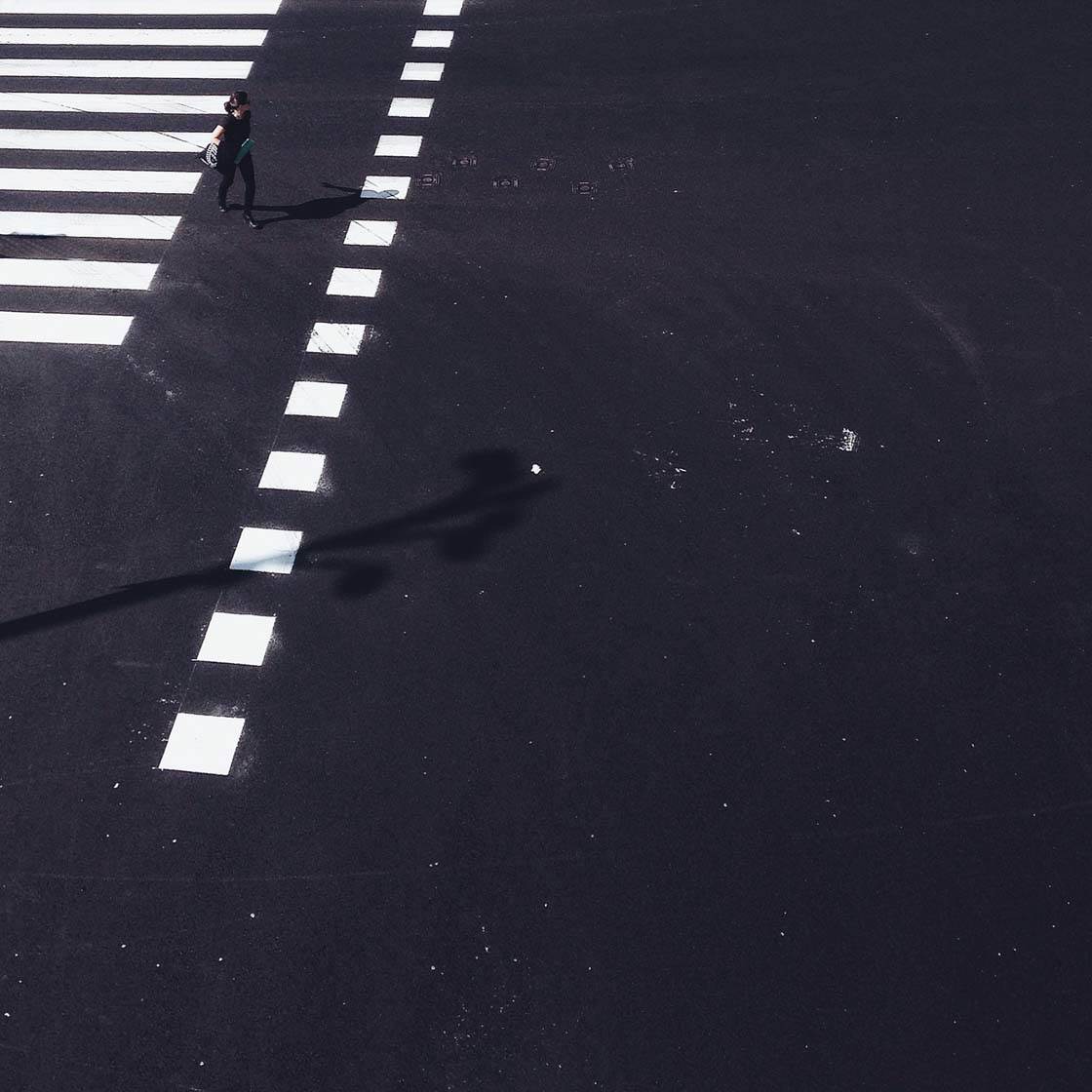
Bear in mind that darkness and light doesn’t necessarily have to be created by light – or the lack of it. For example, the contrast of the dark road and white markings in the photo above create a very dramatic image with a strong visual impact.
3. Photograph Dramatic Skies
If you want to start taking more dramatic landscape photos, you should go out and shoot on a cloudy day – just when it seems that the sky will open up at any second. Nothing can create drama like dark clouds.
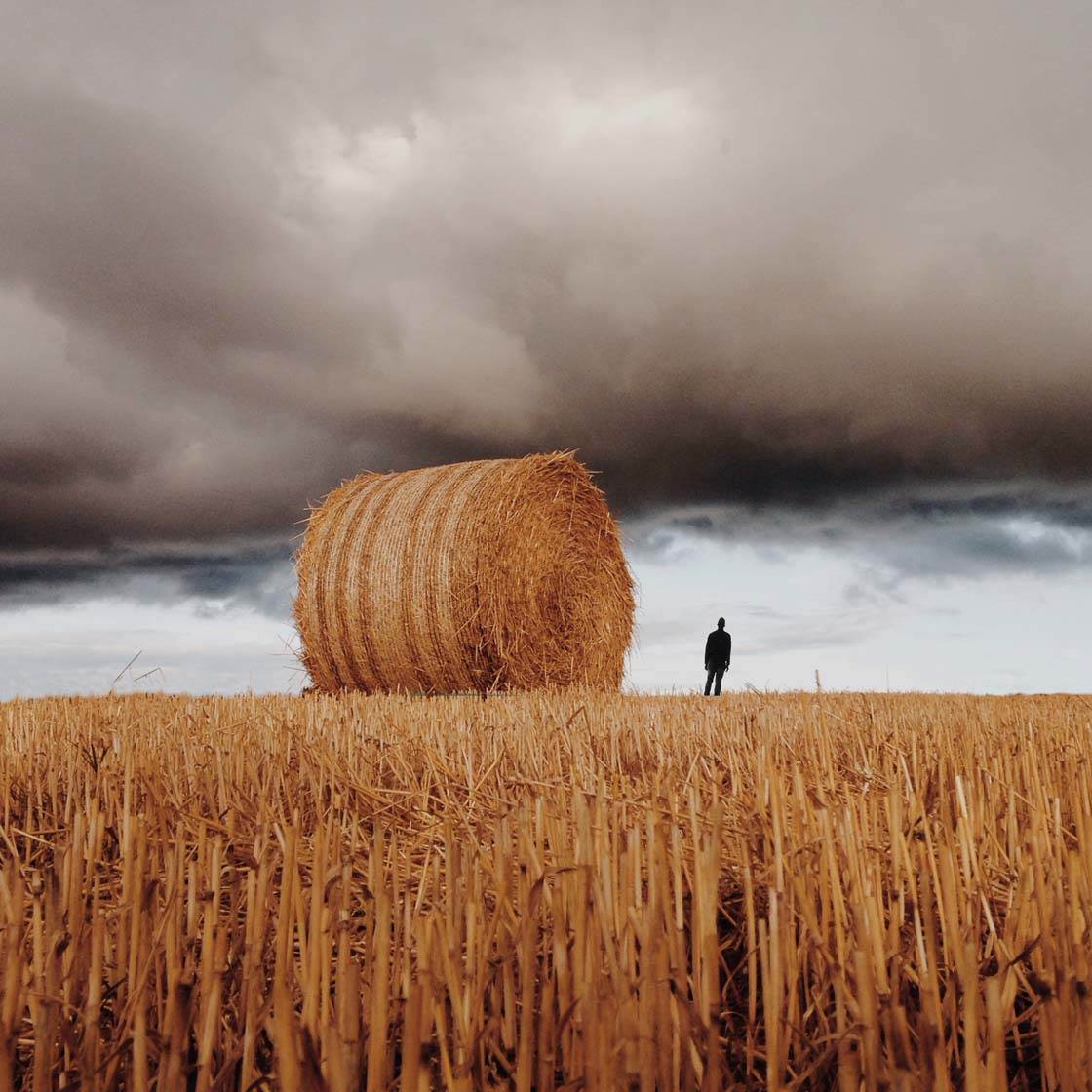
While it might not be that tempting to head out when it’s about to pour with rain, these are the conditions that will produce the most amazing photos, even in ordinary landscapes such as a plain field.
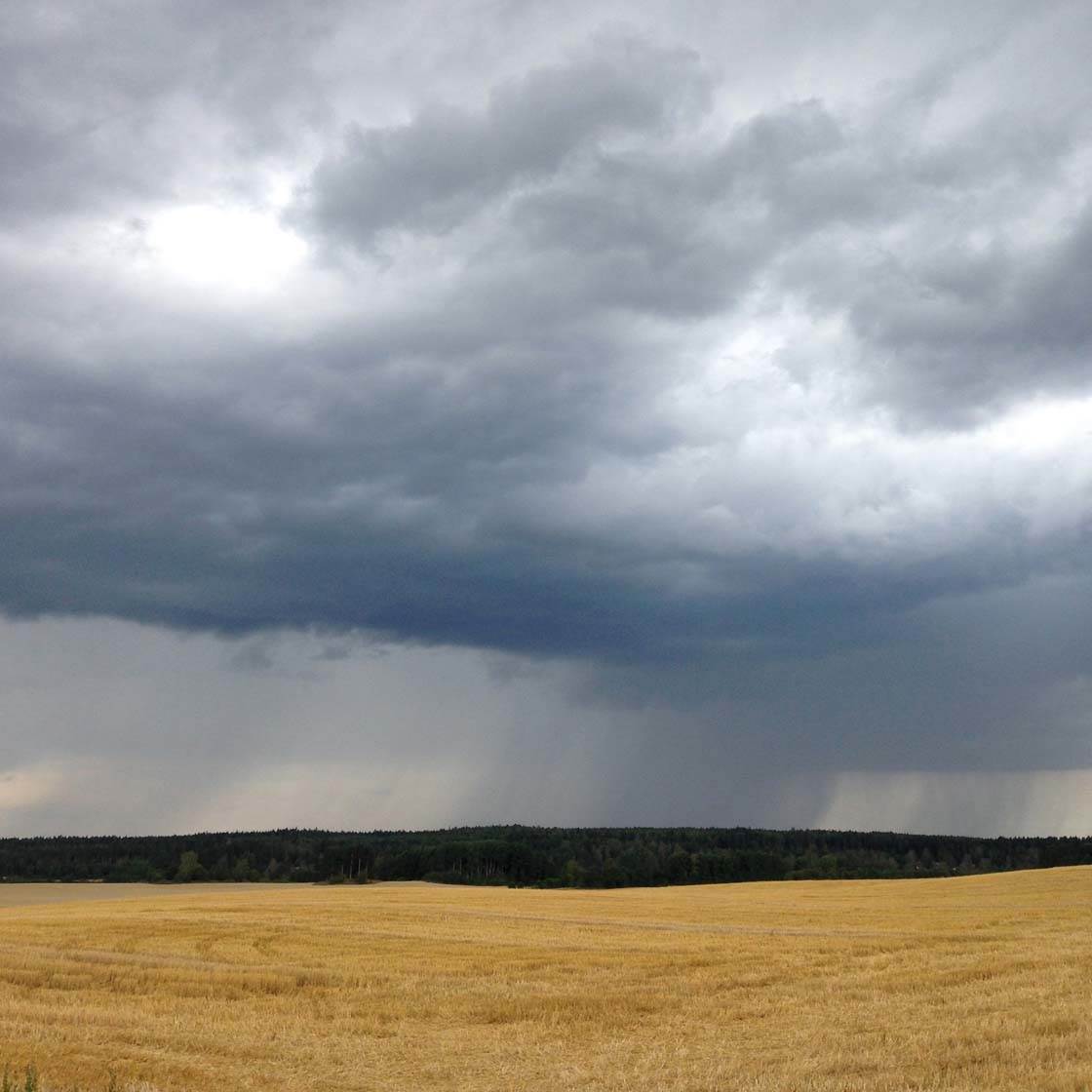
Dark clouds speak directly to our dramatic nerve. Capturing the same landscape in different kinds of weather will evoke completely different emotions in the viewer.
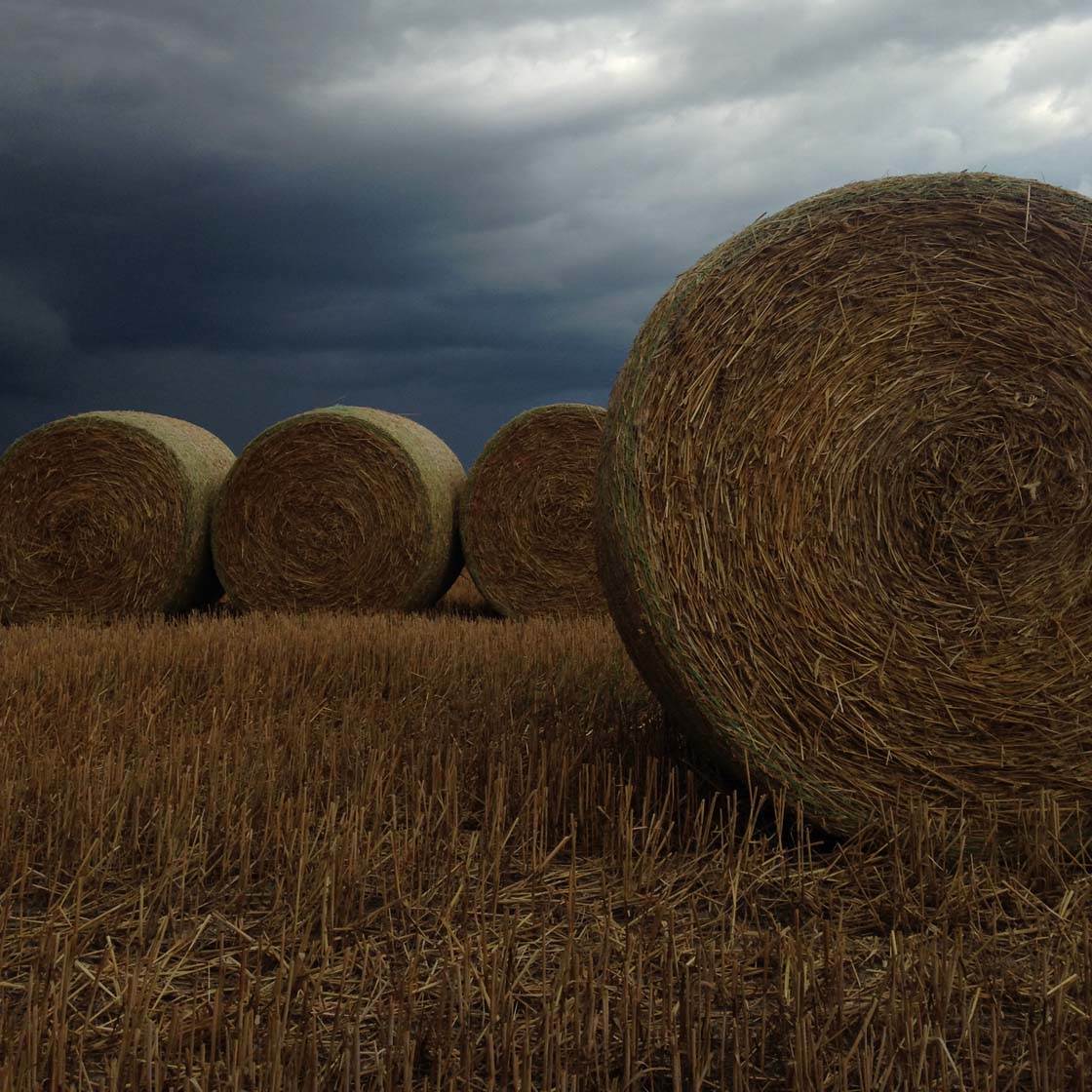
A field of crops with a bright blue sky will create a peaceful and blissful image, but the same field photographed with storm clouds in the sky will create a very different image. It generates a dramatic photograph.
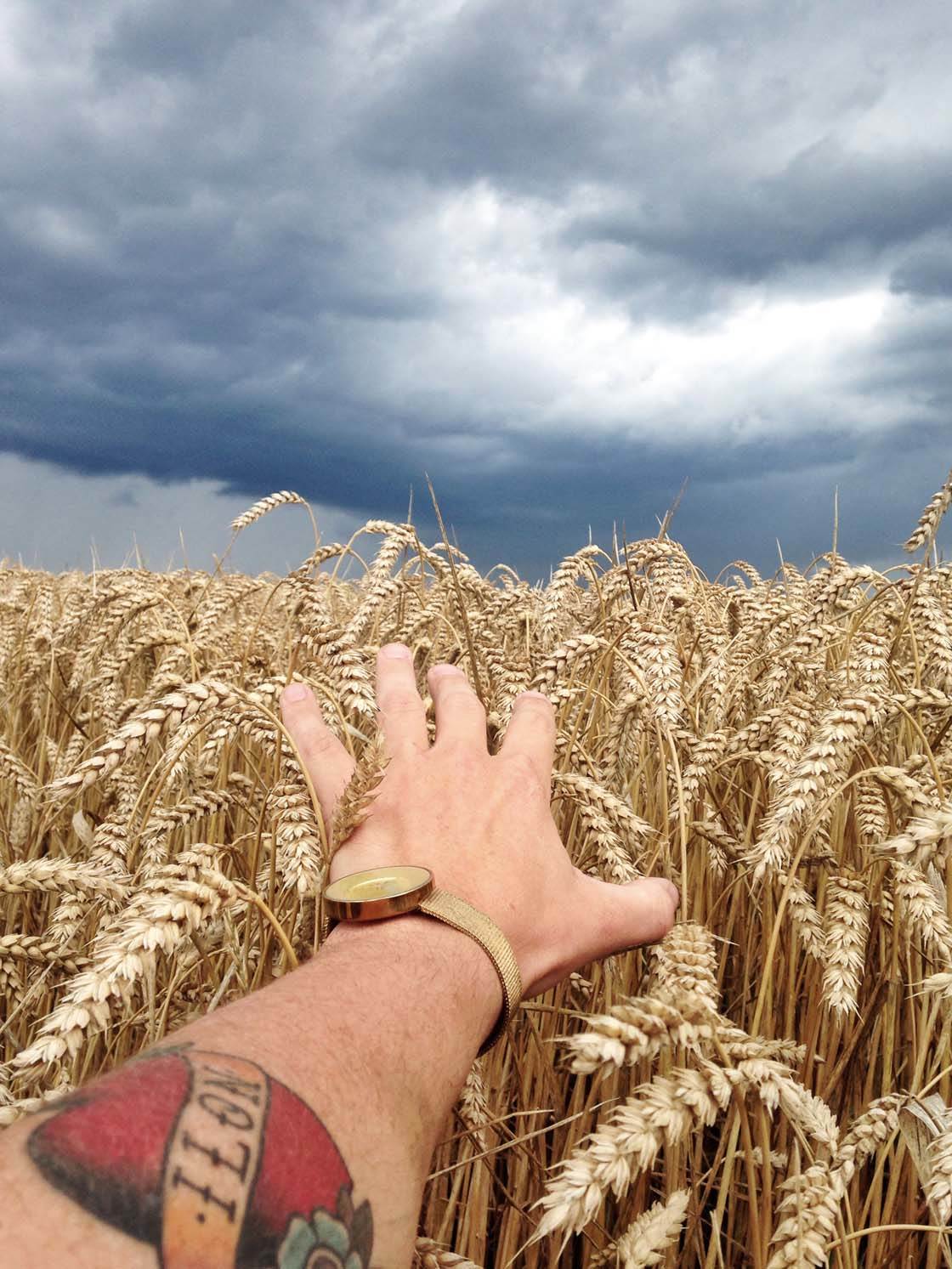
Dark clouds will always add a strong sense of drama to your images. If you feel that your cloudy sky isn’t dramatic enough, you can always darken it a bit in post-processing!

Dramatic skies don’t always have to include dark clouds though. On a sunny day you can create dramatic rays of light that add an exciting element to your images.
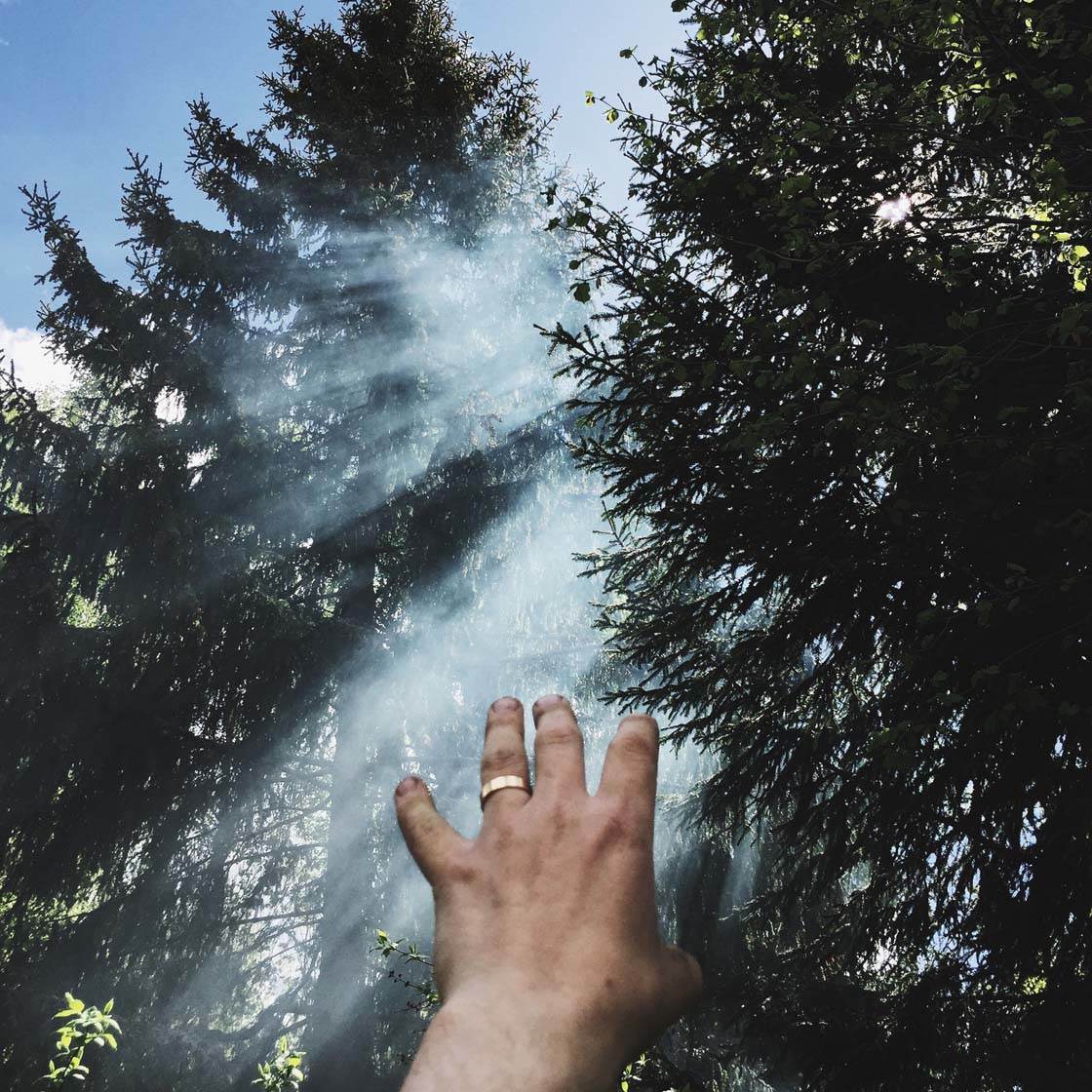
To create this kind of photo, you need to shoot towards the sun, experimenting with the angle of the lens until the rays of light appear where you want them.
Having an object such as a tree directly in front of the sun will prevent the bright light from creating a large over-exposed area in the sky.
Whenever you’re shooting landscapes, always be aware of the sky and how it will affect your photos. If you manage to catch the sky at the right moment, you can create the most amazing pictures with very little effort. Let nature do most of the work!
4. Capture Movement
Movement is a great way of creating more dramatic and engaging iPhone photos. Conveying a sense of motion creates more dynamic images, and these kinds of pictures are much more interesting than a static scene.
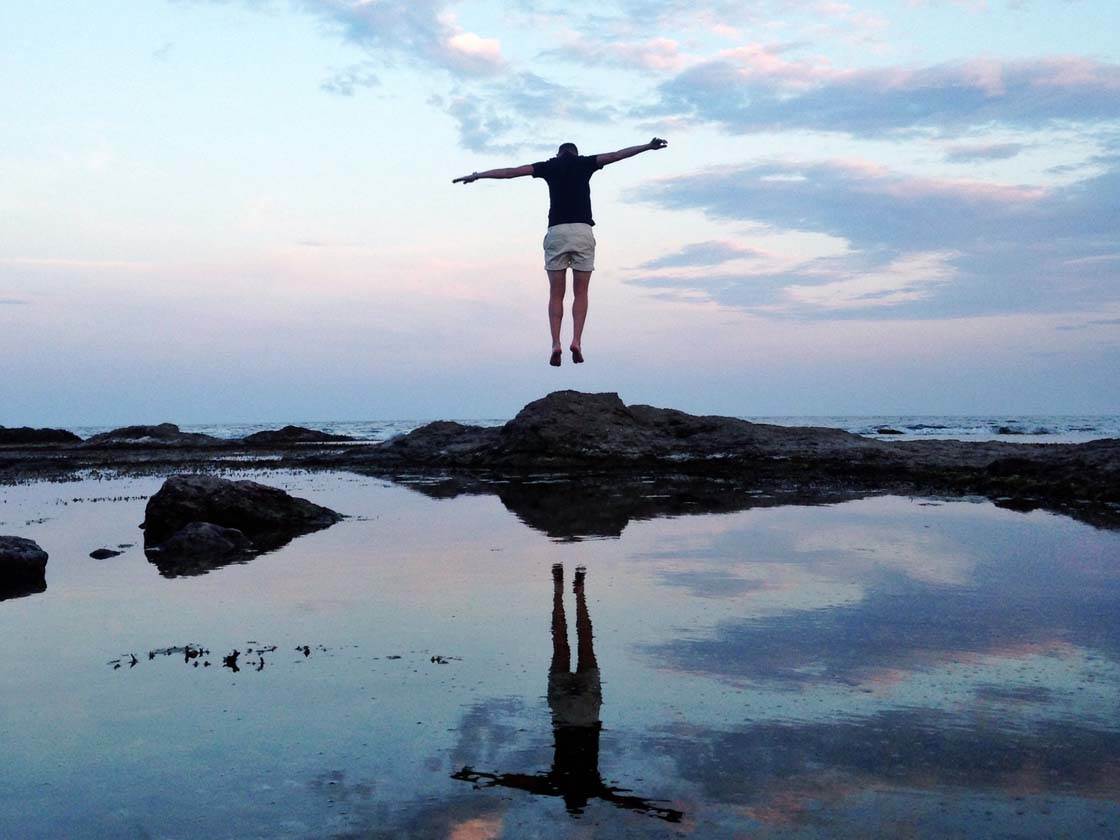
Whether you’re shooting landscapes or street photography, movement tells you that something is going on. It instantly draws the viewer in and creates a connection with the subject.
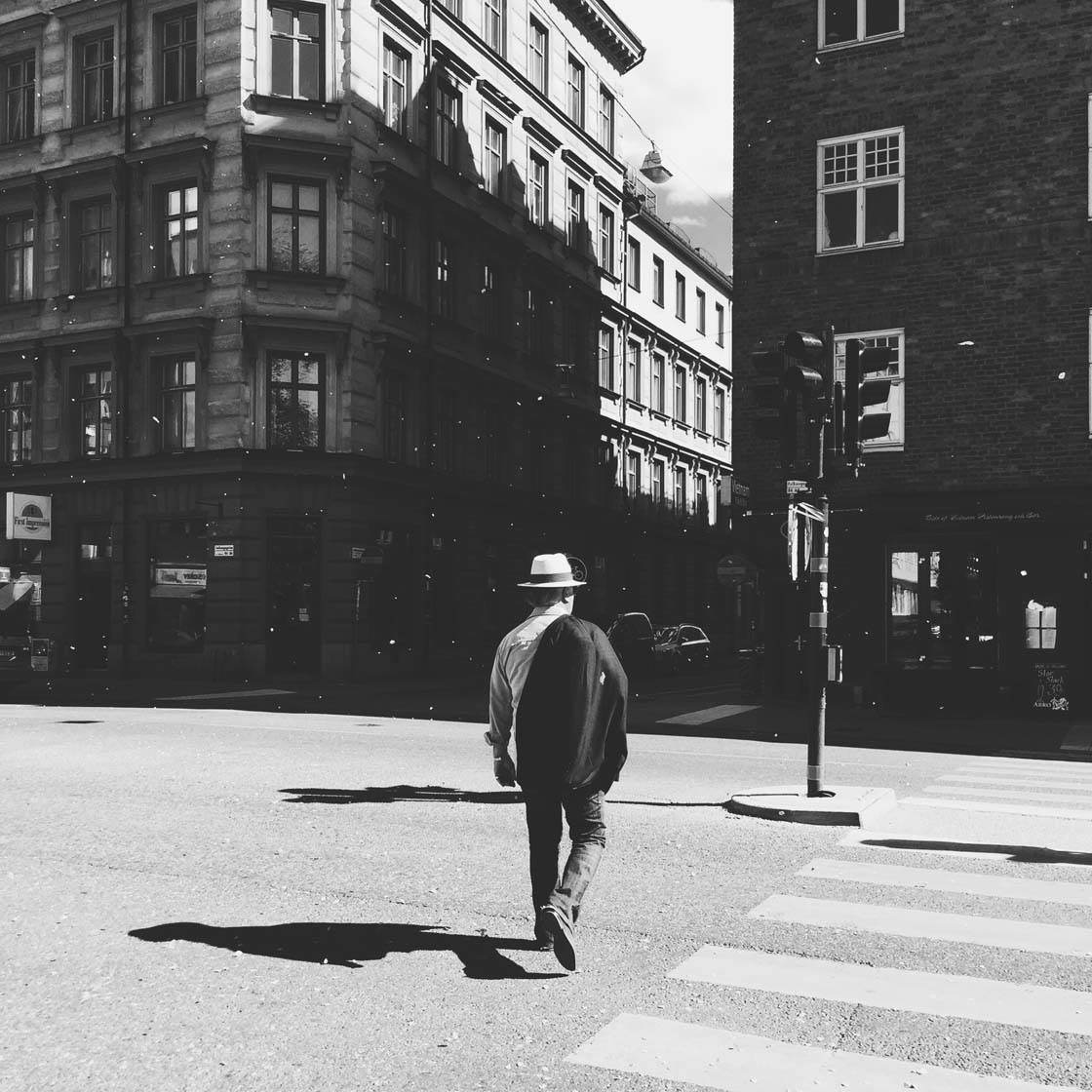
To catch a man walking across the street will surely make you wonder who he is or where he’s heading to.
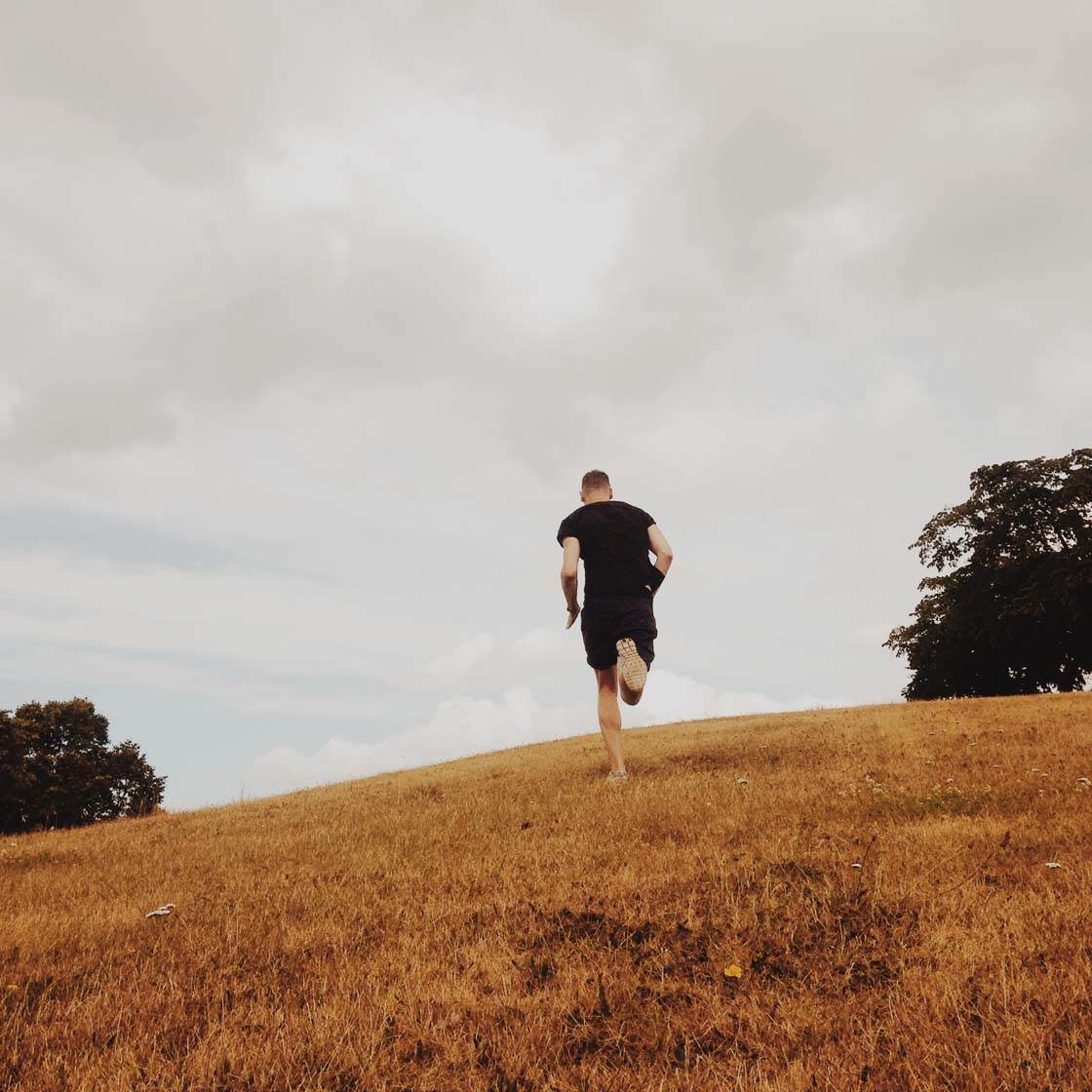
The faster the motion, the more drama tends to be created. So photographing a running person will add even more drama to your photo. The viewer will wonder why he’s running, what he’s running from, or where he’s running to.
So it’s not the actual movement that creates the drama – it’s the thoughts and questions it raises in the viewer that makes it a dramatic photo.
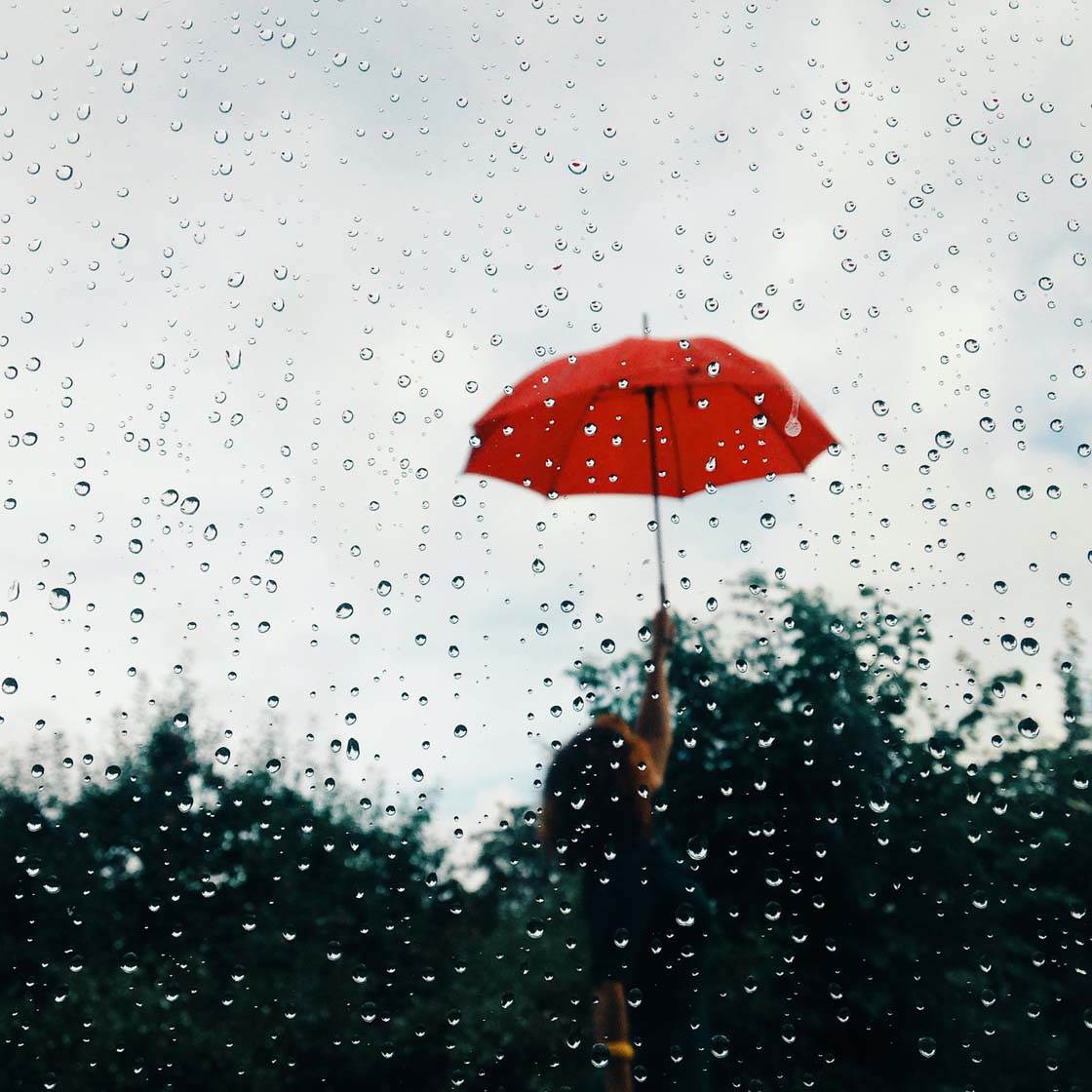
When photographing moving subjects, use the burst mode feature in the Camera app to capture a series of photos, then select the best image from the sequence.
To activate burst mode, simply hold down the shutter button. The camera will keep taking photos until you release the shutter.
5. Emphasize Scale
Another highly effective technique for adding drama to your photos is to emphasize scale. Conveying how large or small a subject is can create a big impact.
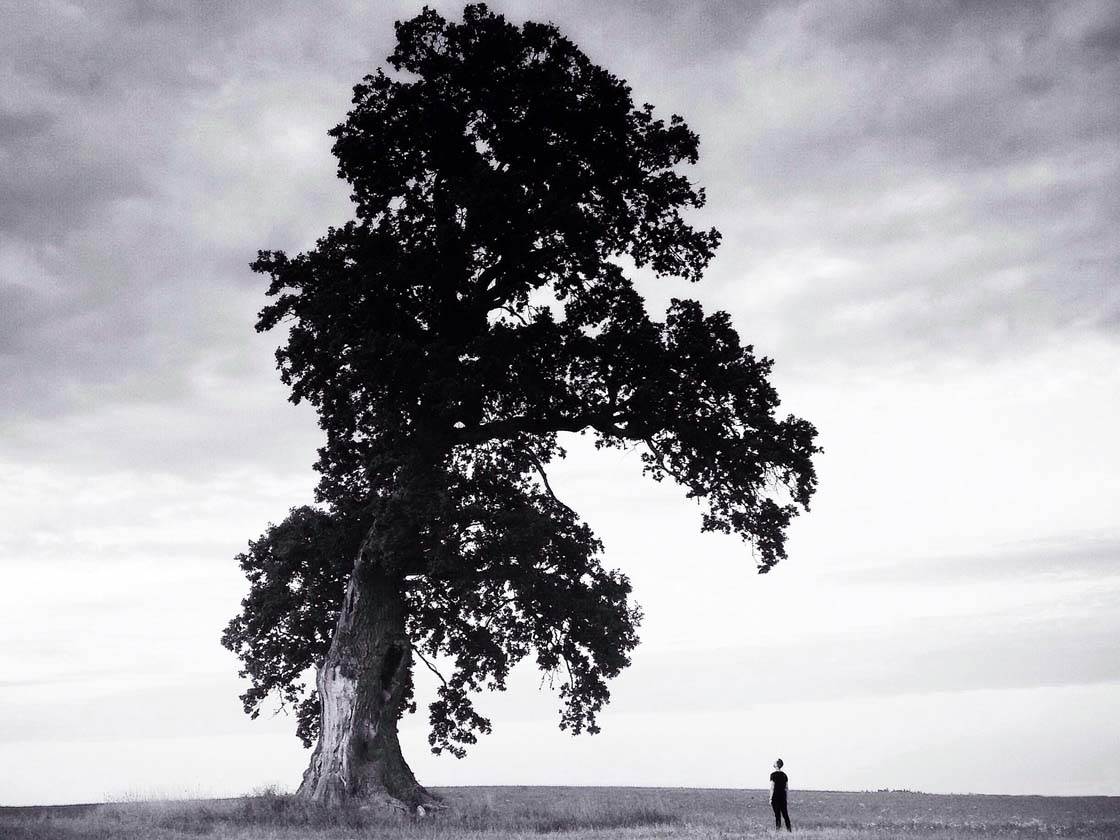
To accurately show the size of a subject in your photo, you need to include another object of a known size (such as a person, car, chair, etc.) so that the viewer has something to compare it to.
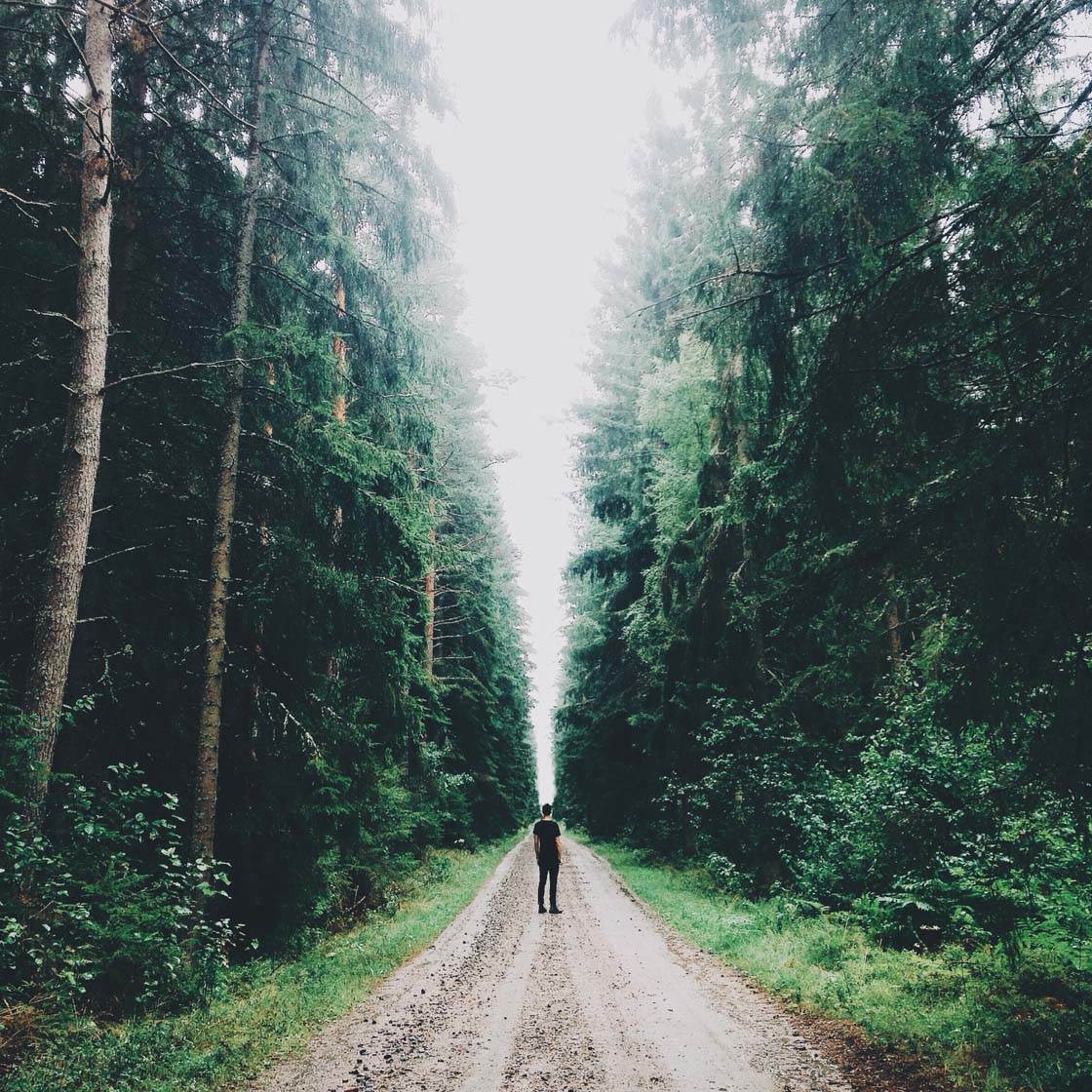
When I photograph large trees, I love to include a person in the photo as this gives the viewer a point of reference. You know how big a person is, so having them stand next to the tree gives you a better sense of just how big the tree actually is.
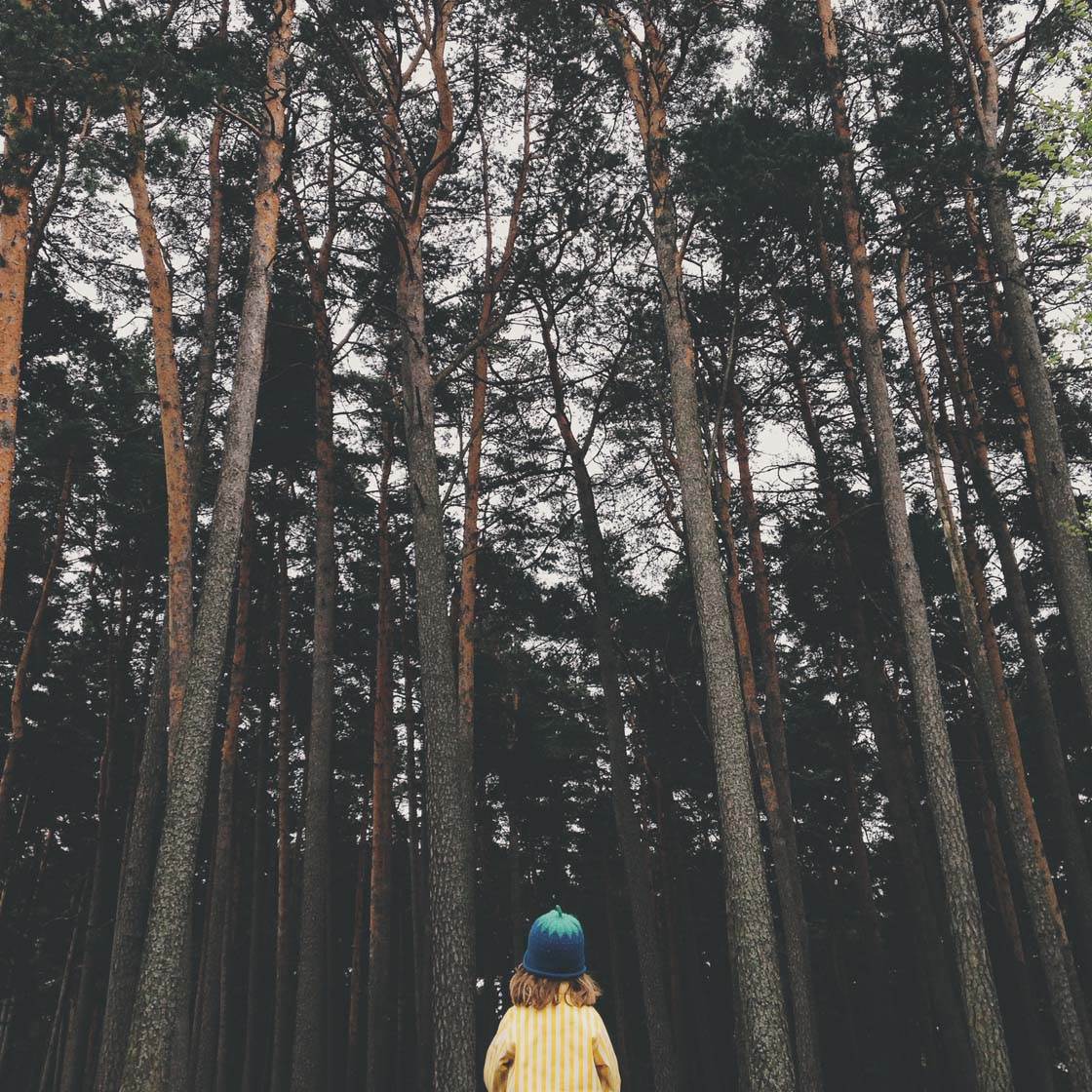
Emphasizing the huge size of these trees by including a small child in the photo creates a sense of drama and foreboding. Shooting from a low angle emphasizes their size even further, showing them towering above the subject.

Another way to create a dramatic sense of scale is to include a lot of negative (empty) space around your subject. Photographing a person from a distance, surrounded by a landscape and vast sky is a great way of emphasizing just how small that subject is in relation to their natural surroundings.
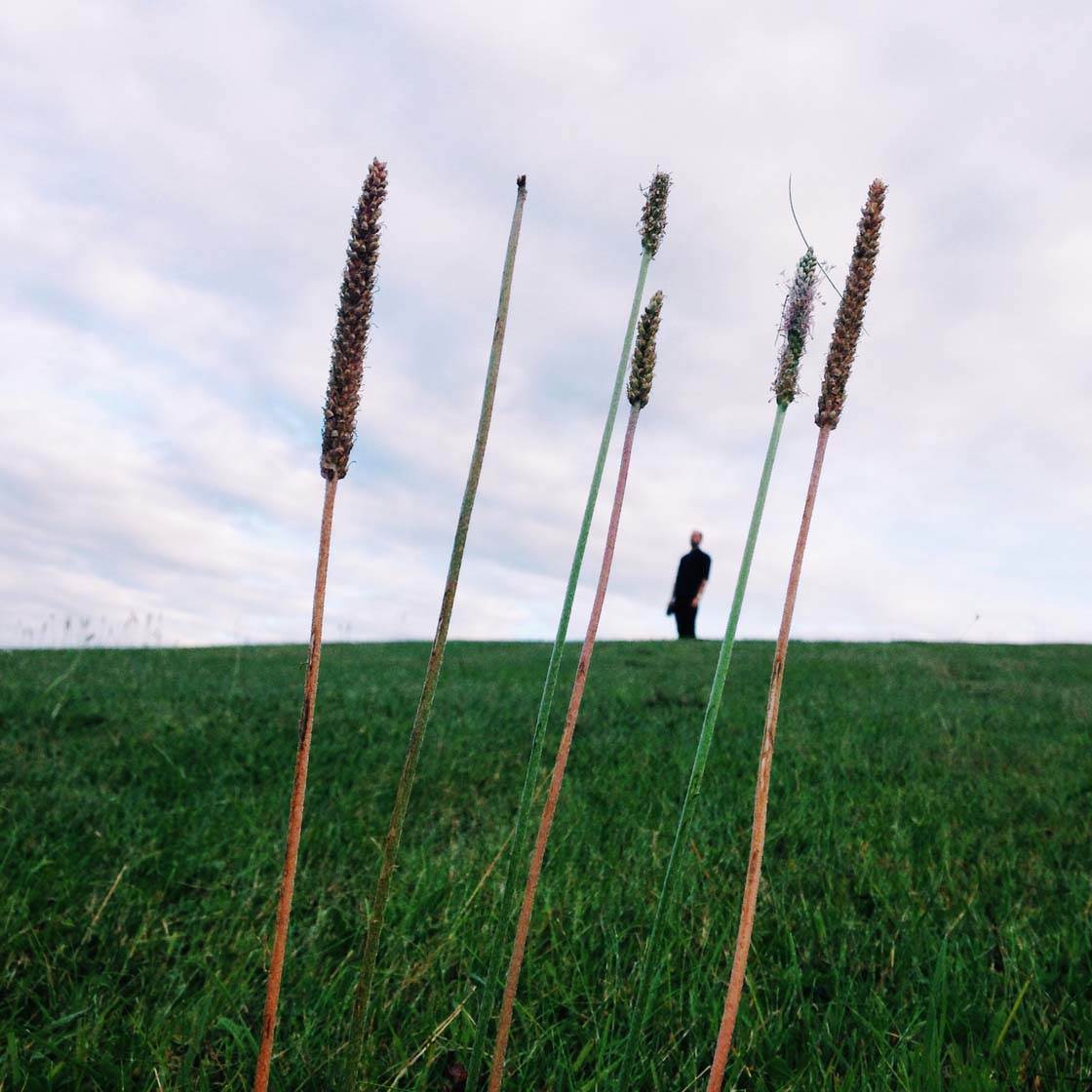
If you want to get creative, try playing around with scale by having one subject far away and another one close to the camera. The subject close to the camera will look much larger than the distant subject, even if this isn’t the case in reality.
6. Shoot In Fog
Thick fog is great for adding a sense of drama to your photos. It creates an eerie atmosphere, and if you shoot at the right time and place you can create some very unsettling and spooky pictures!
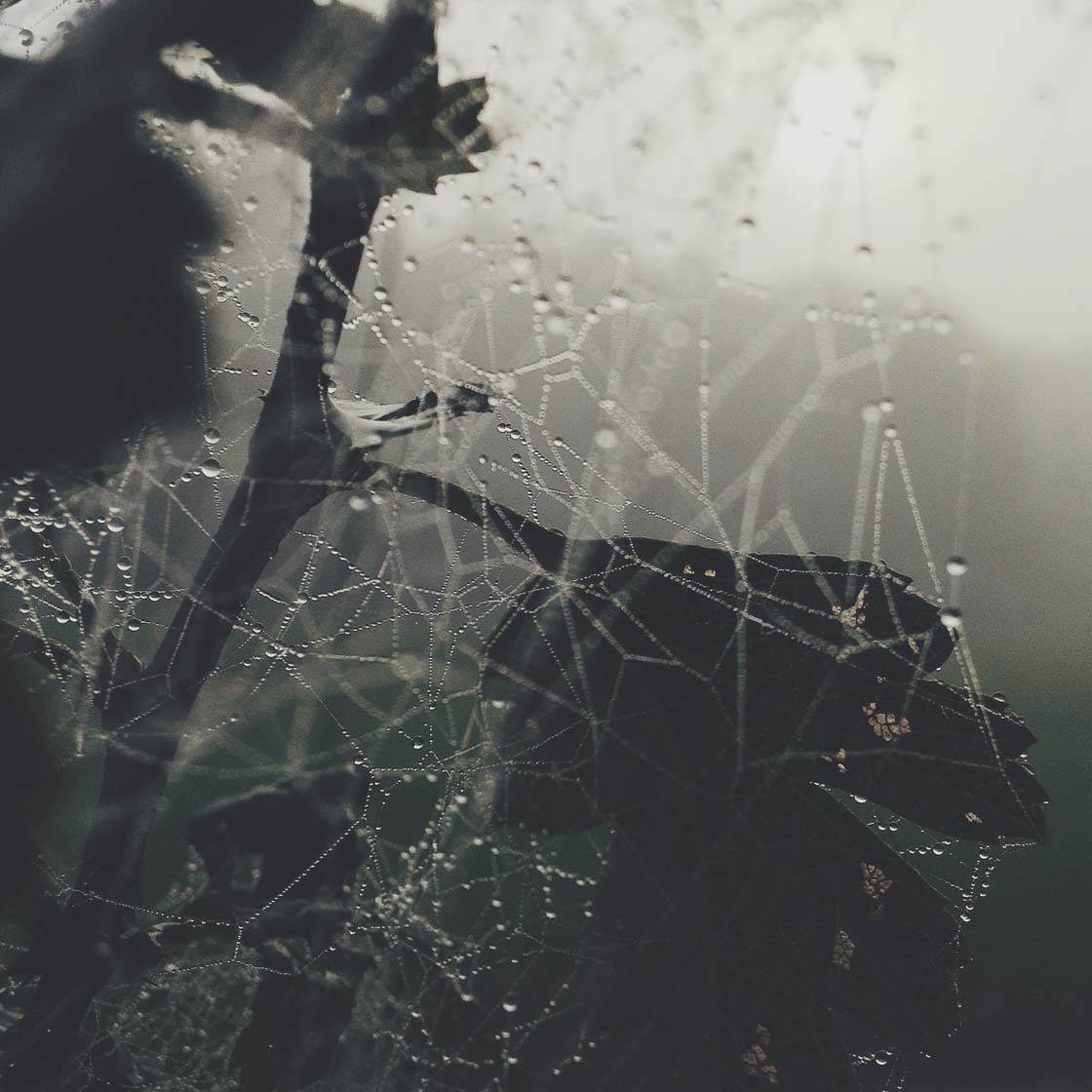
Fog hides subjects in the distance, which creates a sense of mystery and intrigue in your photos. The viewer has to imagine what lies beyond the fog.
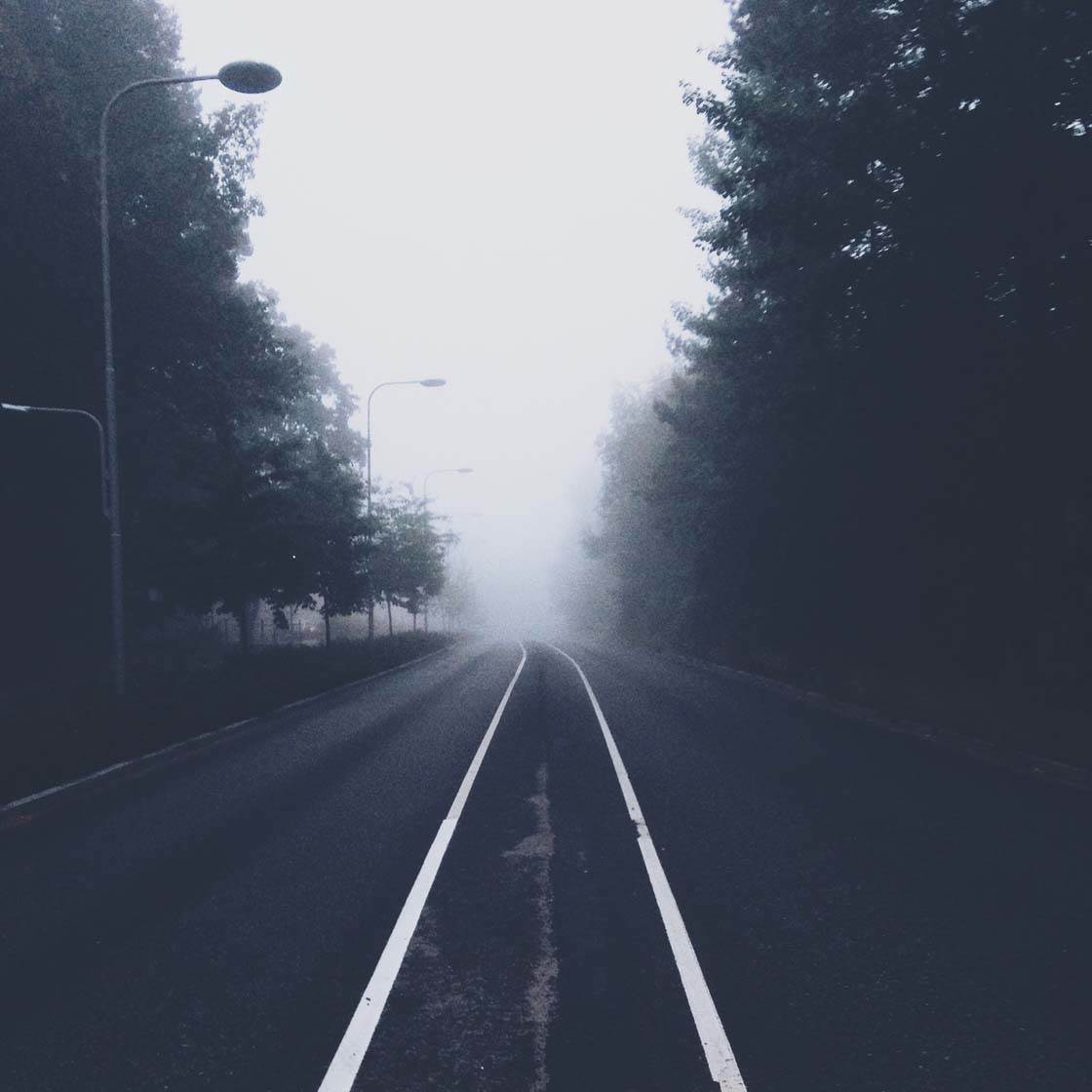
Because subjects gradually fade out into the distance, fog is excellent at creating a greater sense of depth in your photos. For the most dramatic effect, include a strong subject in the foreground, such as a tree or person.
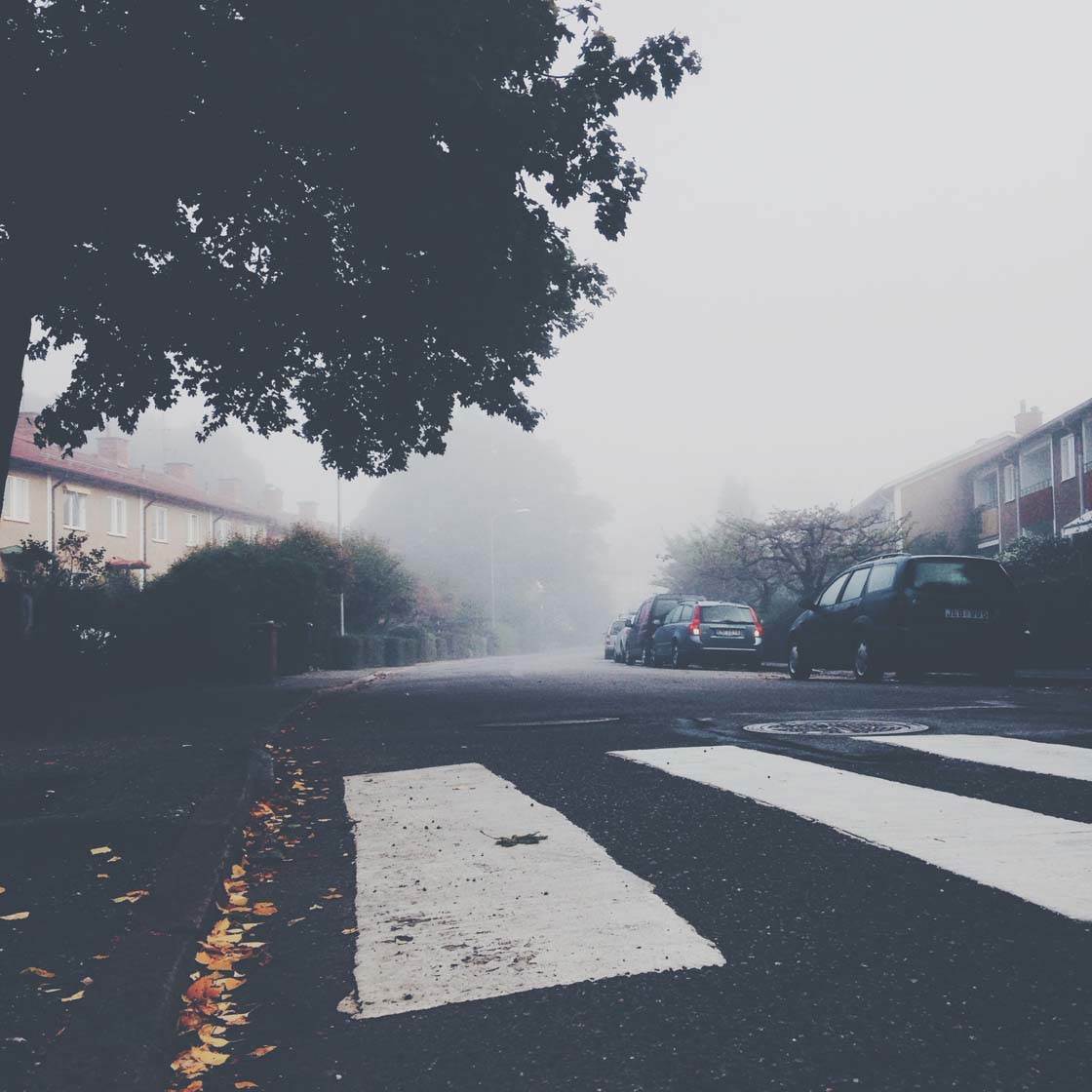
A really powerful technique when shooting in fog is to use leading lines, such as a road or path, to lead from the foreground of the image into the fog.

The viewer’s eye can’t help but follow the line into the fog, helping to emphasize the sense of mystery as they wonder what lies beyond.

Depending on where you live, you might not get foggy conditions that often. So when fog does appear, be ready with your iPhone and make the most of it. Go out and chase some fog. The results will be wonderfully mysterious and dramatic images.
7. Create Silhouettes
Creating silhouettes is one of the easiest, yet most effective ways to add drama to your photography. A silhouette is where the subject appears as a dark shape against a brighter background.
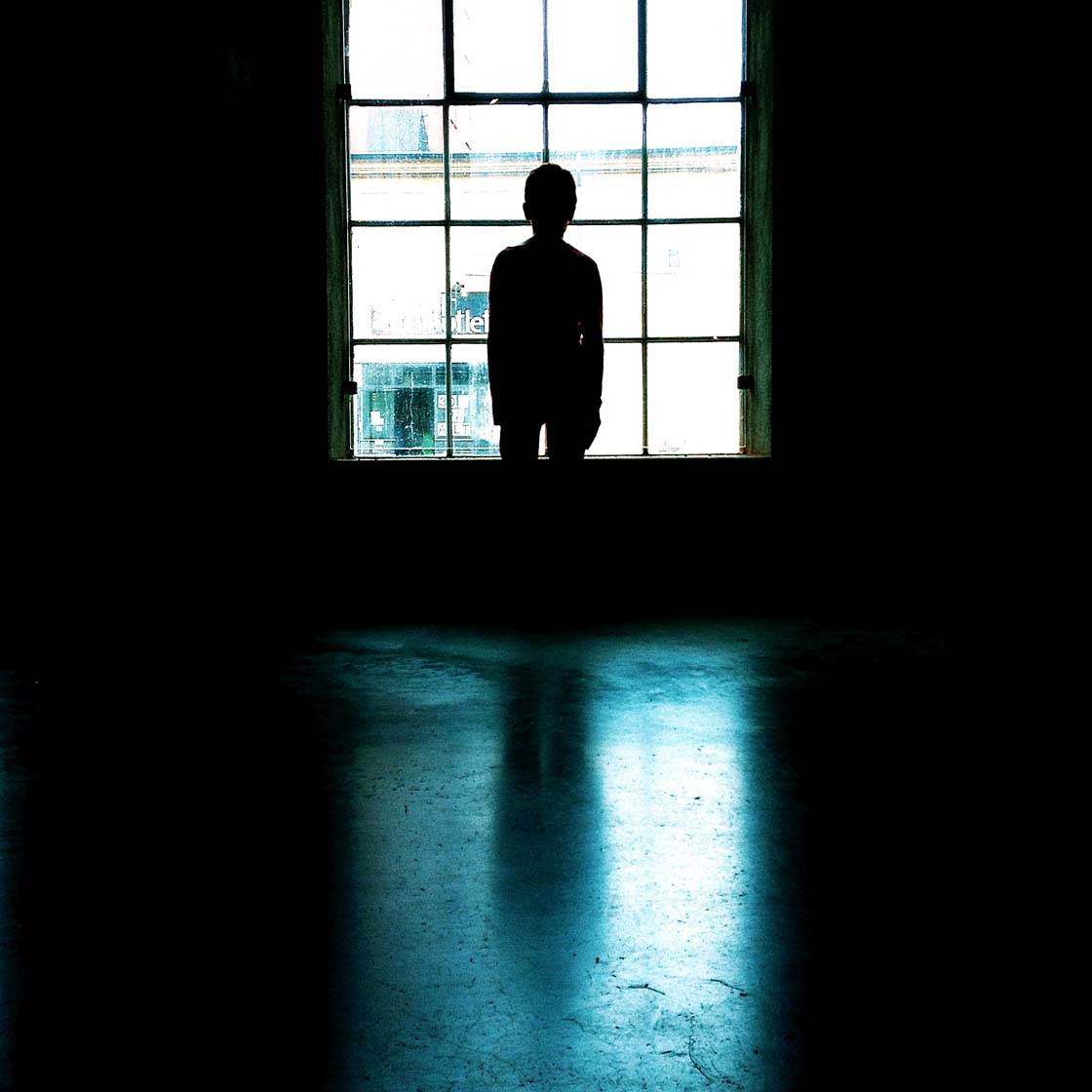
Silhouettes are extremely visually powerful. They create a strong focal point and catch the viewer’s attention instantly. Because no detail can be seen in the subject, it leaves the viewer intrigued about what or who they’re looking at.

A silhouette photo tends to hold the viewer’s gaze while they wonder more about that dark, mysterious subject. This naturally creates a longer-lasting impression of the image.
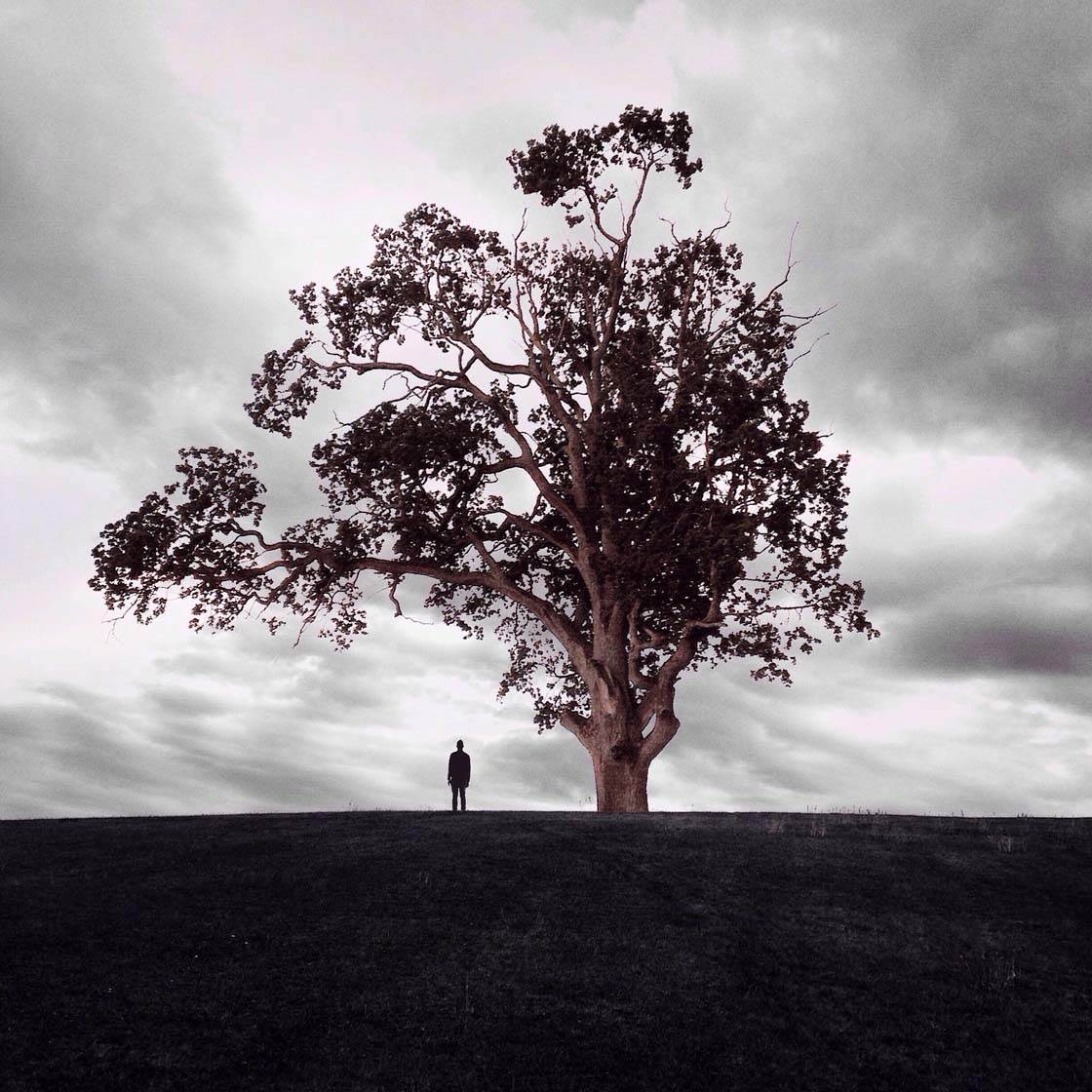
To create a silhouette photo, start by placing your subject in front of a bright light source such as the sky, the setting sun, or a window if shooting indoors.
Then tap on the screen to set focus on your subject. Now swipe down on the screen to reduce the exposure, making the subject appear as a dark silhouette against the brighter background.
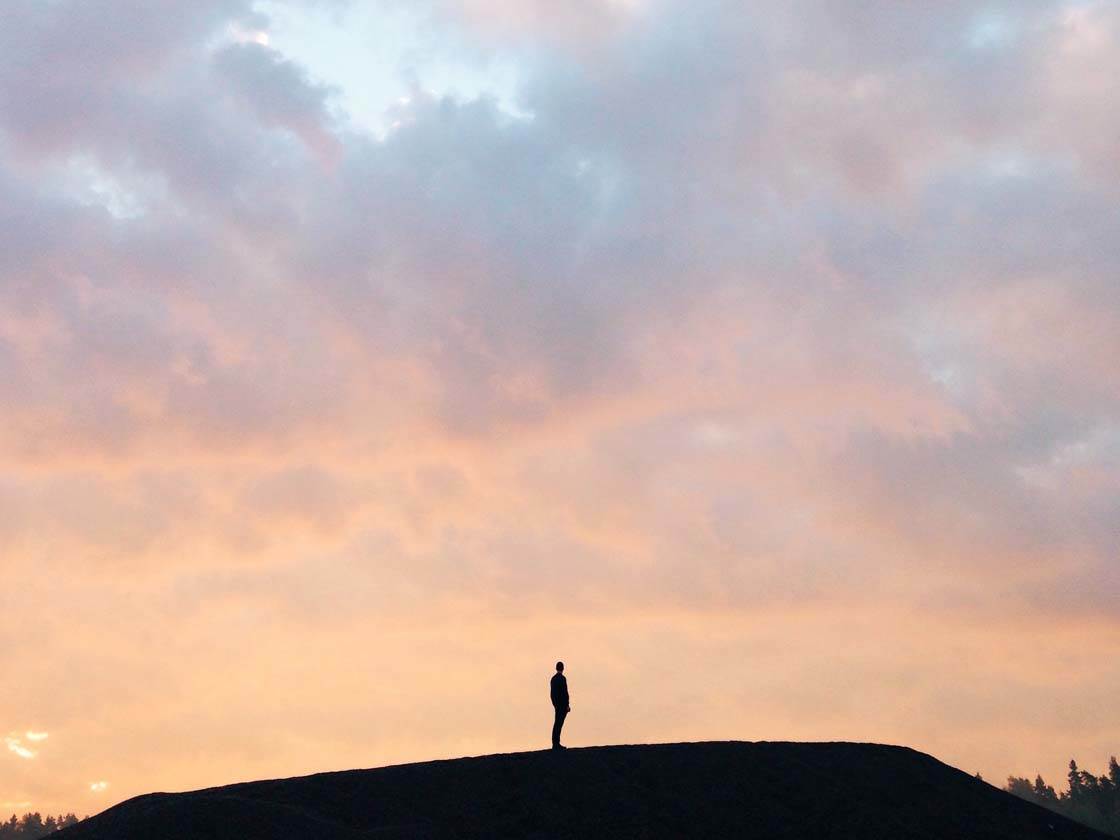
Using a dramatic sky as the background will add an extra sense of drama to your picture. A stunning sunset or a stormy sky is perfect!
Shooting from a low angle will help you get more sky behind your subject, ensuring that the silhouette stands out well against the bright background.
8. Hide The Subject’s Face
If you’re shooting portraits of people, why not do something a bit different? Instead of photographing your subject face-on and looking at the camera, you can create more dramatic results by adding a bit of mystery.

One simple way of doing this is to ensure the viewer can’t see the subject’s face. Photographing your subject from behind is an easy way to achieve this.
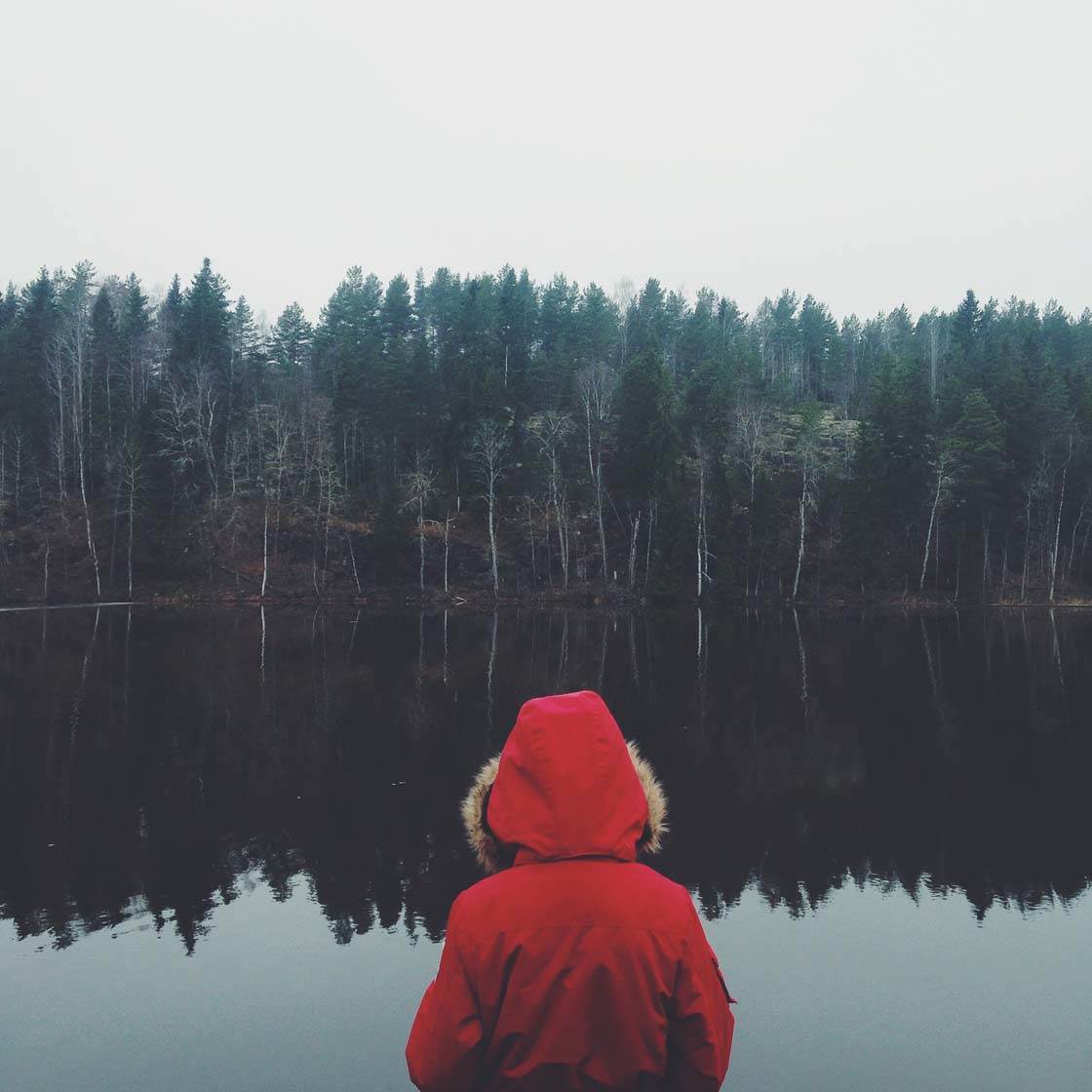
Just find an interesting backdrop and ask your subject to face away from the camera while you shoot. If they’re wearing a jacket with a big hood that hides their face, you could also try having them face to one side.
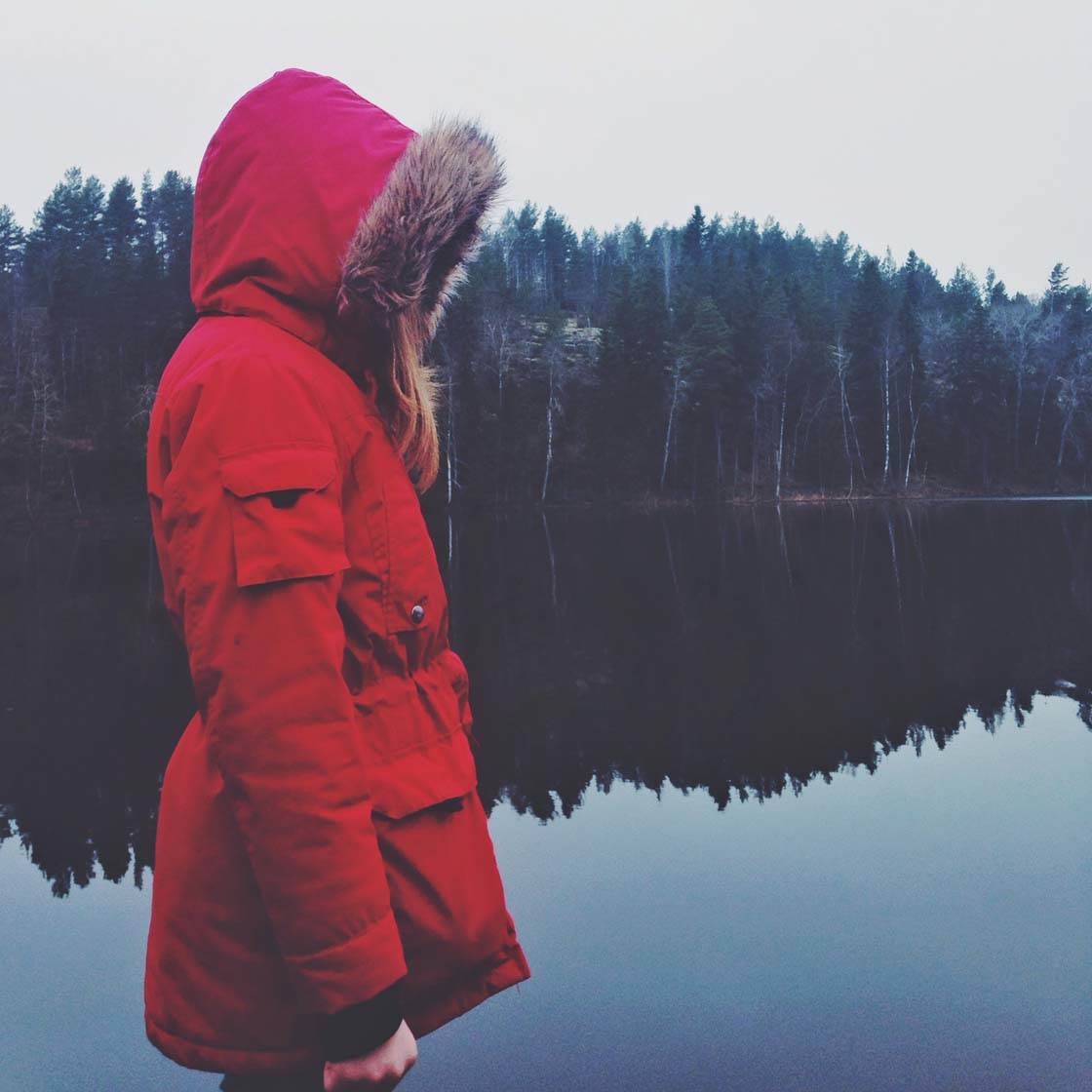
Because this kind of portrait isn’t the norm, it can be unsettling for the viewer. It will make them wonder who that person is, and why they don’t want their face to be seen.
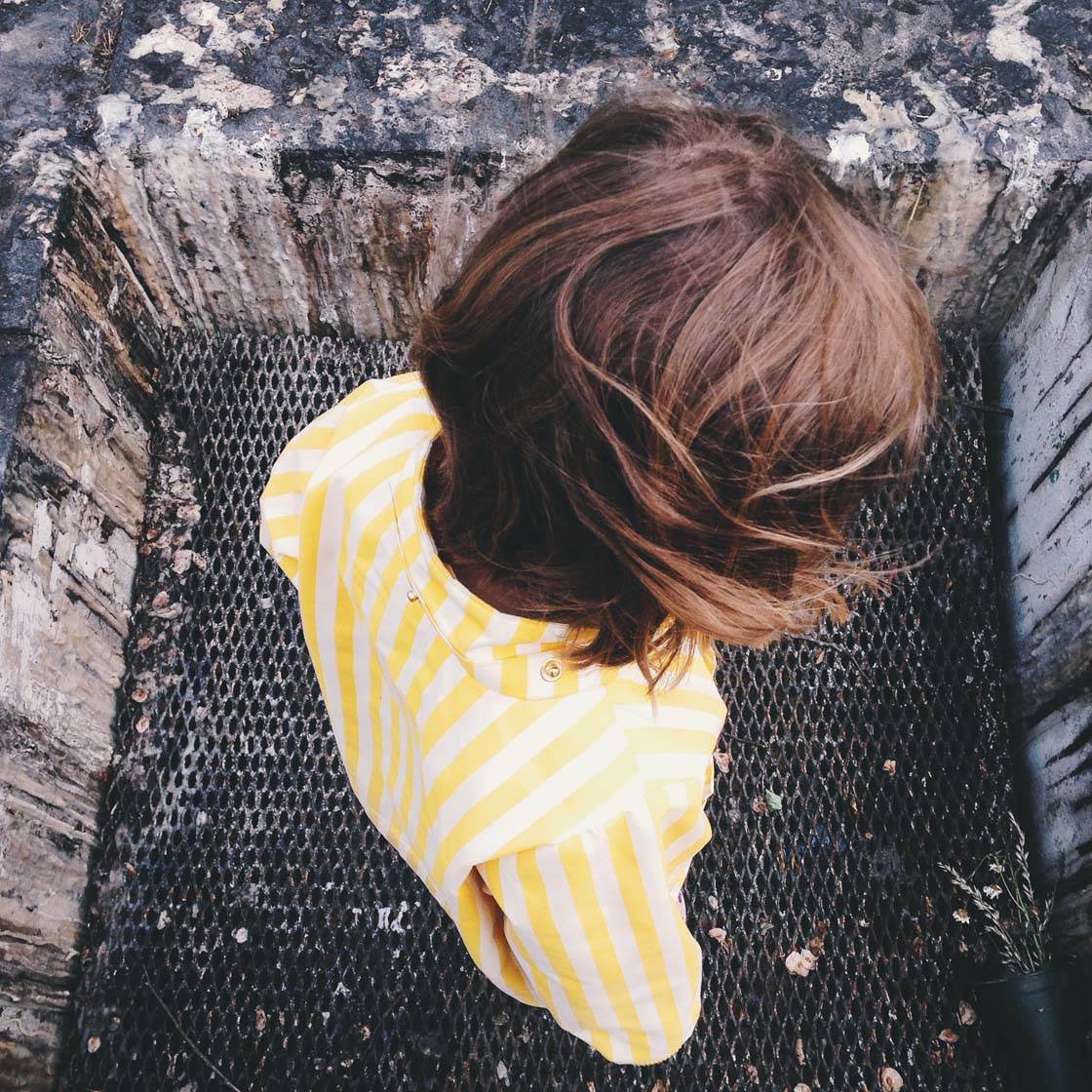
If you can get a high vantage point, you could even capture your subject from above so that you see the top of their head rather than their face. This shows your subject from an unusual perspective that you wouldn’t normally see.

Another technique is to cast a shadow over the subject’s face so that little or no detail is visible. This is easy to achieve if they’re wearing a hat or large hood.
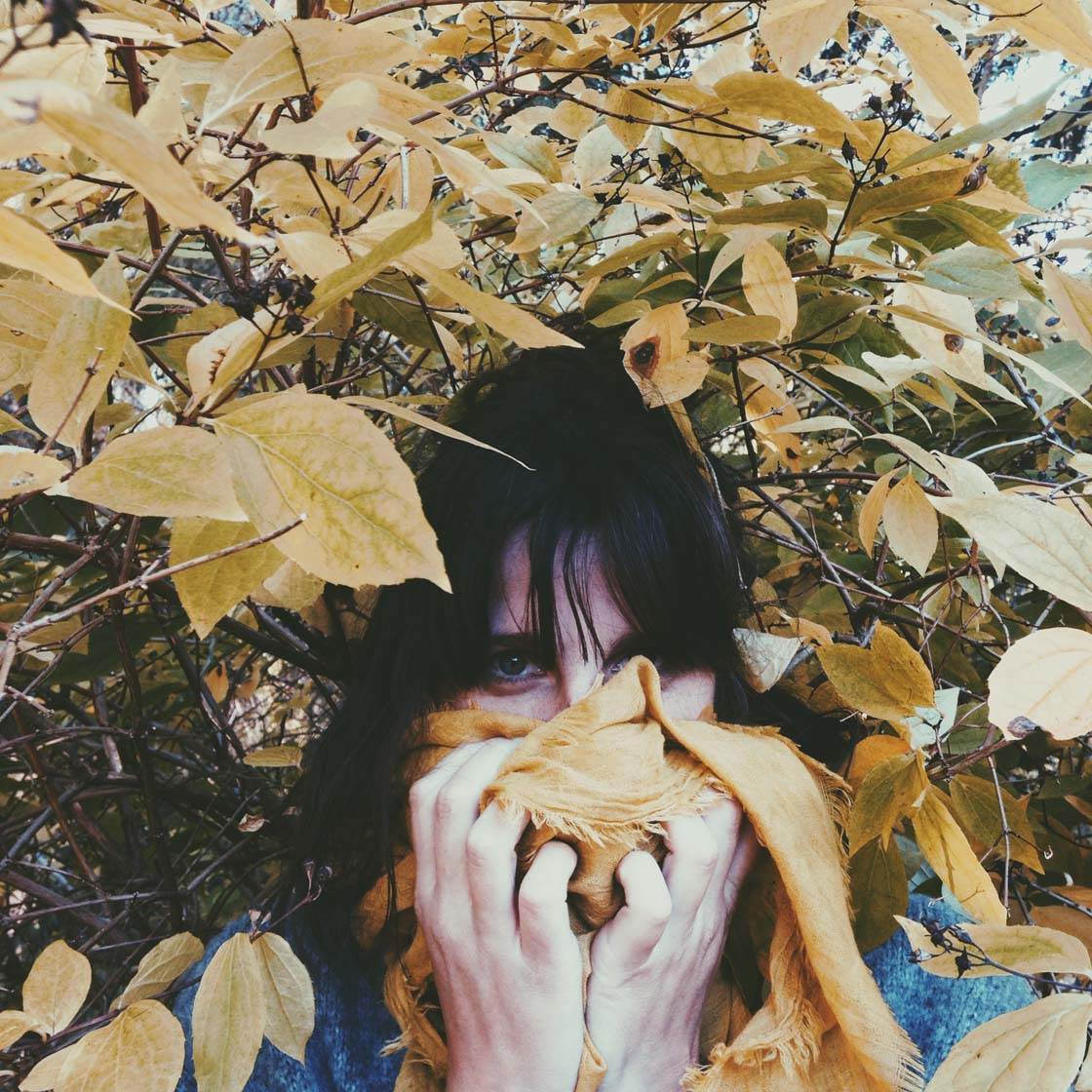
Alternatively, you could have them hide just a part of their face with their hands, a scarf, an umbrella, a large leaf or any other prop of your choice.
9. Exclude Parts Of The Subject From The Frame
Another simple trick to create dramatic and mysterious photos is to only include part of your subject in the frame.

Just find an interesting backdrop and decide which part of the subject you want to include in the frame. You could shoot anything, as long as you don’t reveal the big picture.
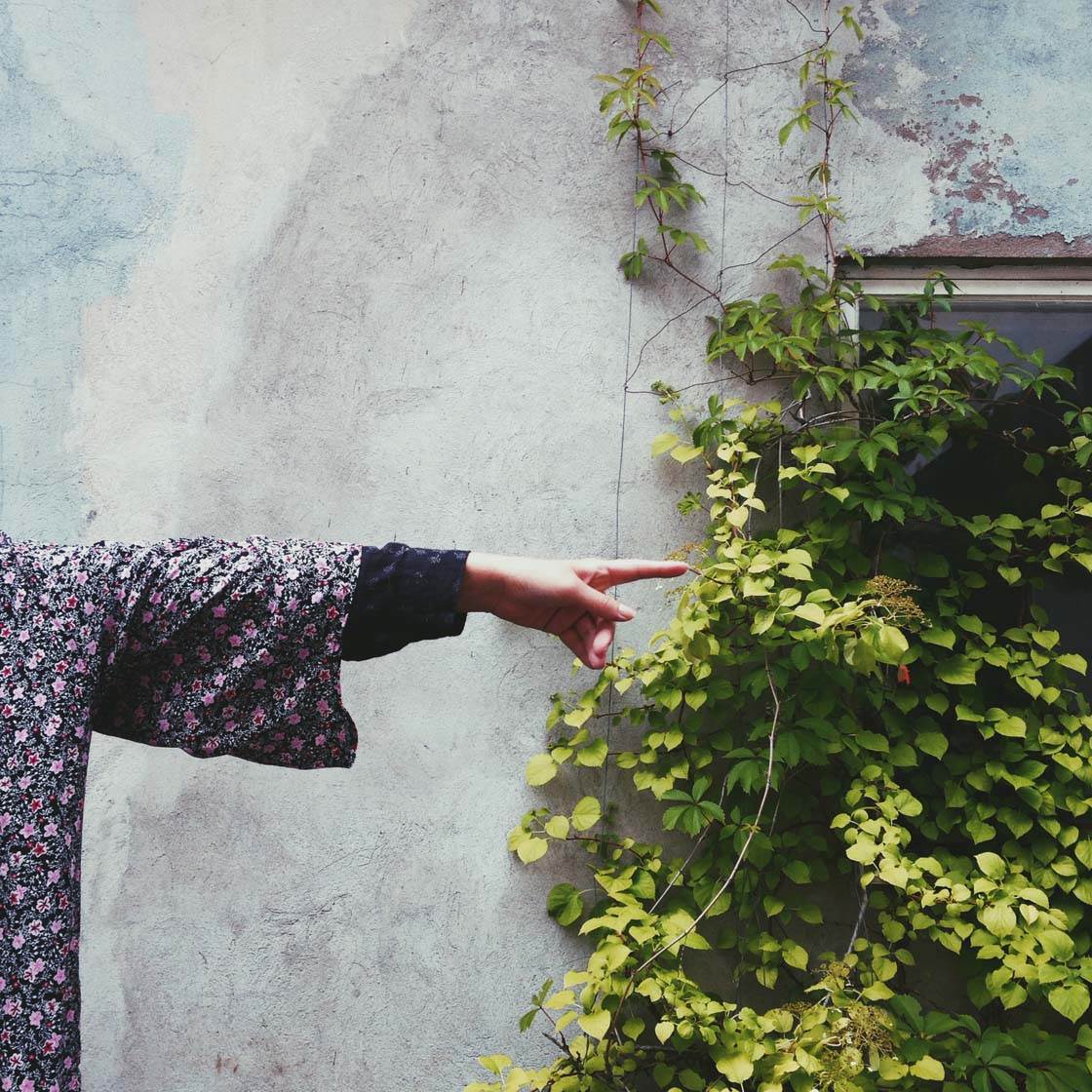
I love to take photos of people where I just include a small part of them in the frame – maybe just be the person’s arm, hand, foot, etc.
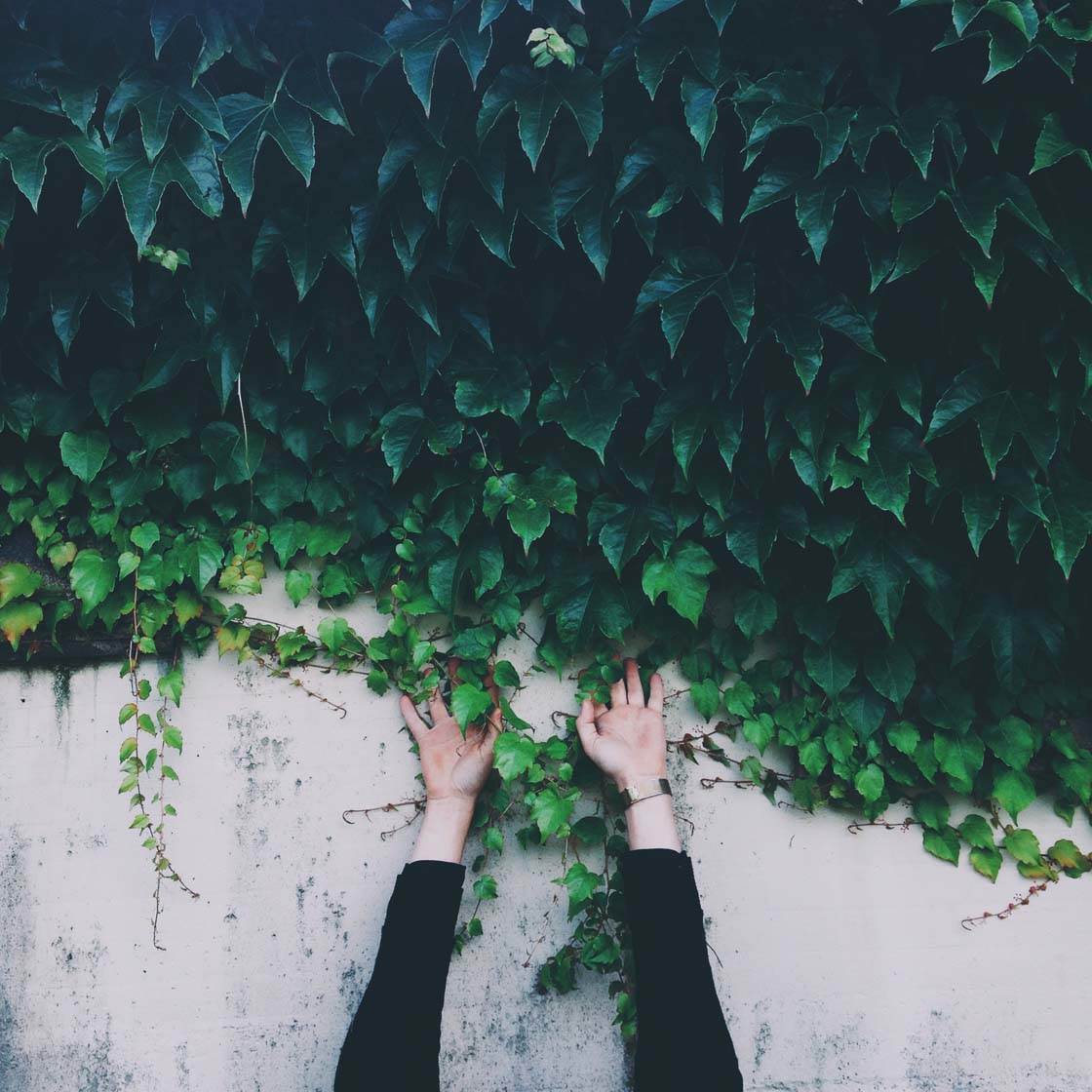
Excluding part of the subject will make the viewer more intrigued. They’ll start to imagine what they can’t see, building their own story into the photo.

This technique is also useful when you don’t have another person to photograph – you can simply use yourself as the subject. In the photo above I included my own feet in the frame when photographing this small puddle on the ground.
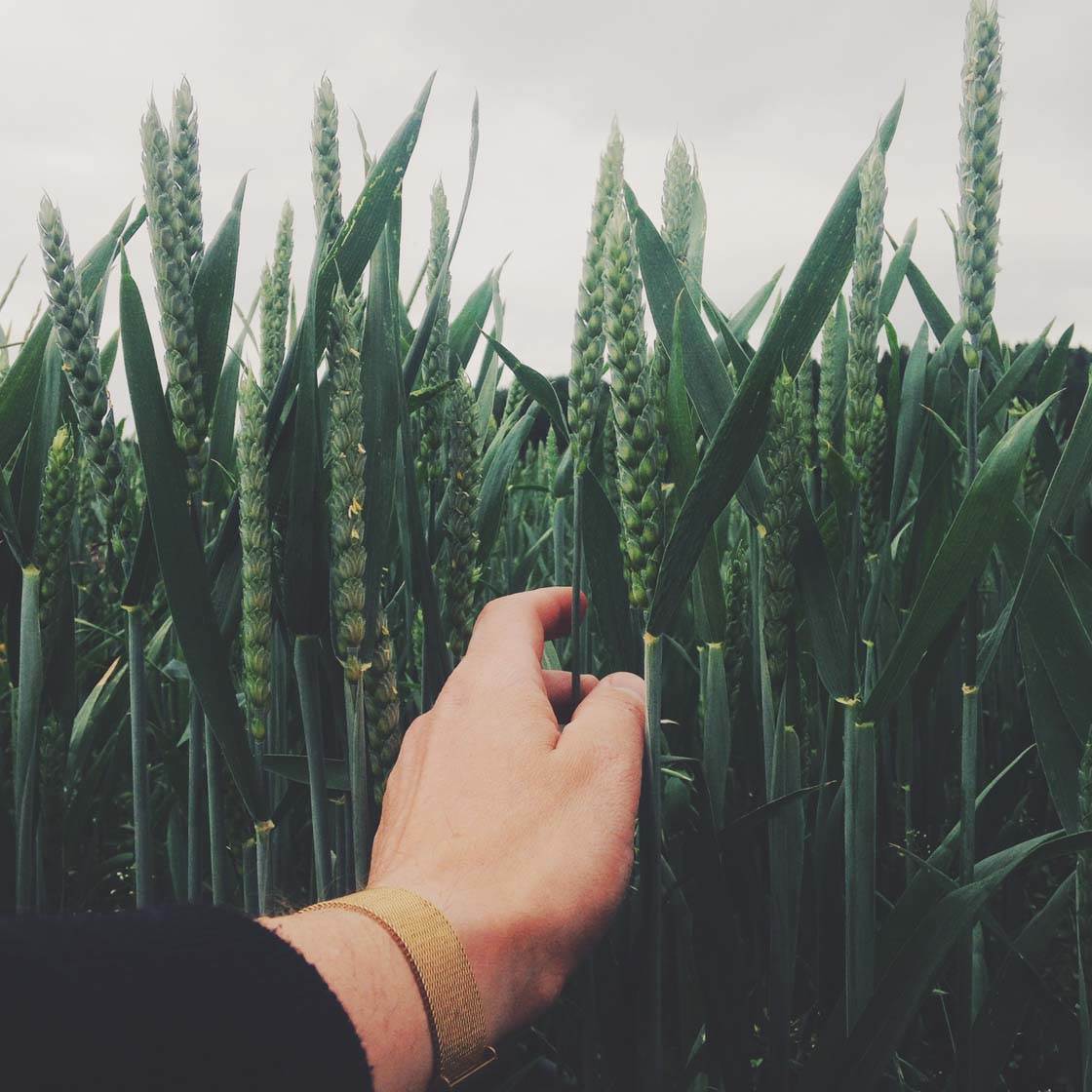
Another simple technique is to hold your hand out in front of you so that it becomes the subject in your photo. Just make sure you have an interesting backdrop and that your photo tells some kind of story.


I love this tutorial! Such creative, yet feasible, techniques to experiment with. I really enjoyed studying the beautiful example images as well, especially the shots with golden fields and the dramatic gray clouds. Thank you!
Glad to hear you enjoyed it Katie. I hope you can put these tips to good use 🙂
Thank you! Clouds are a very important inspiration and tool to create. Especially as they change. So always keep an eye on the sky!